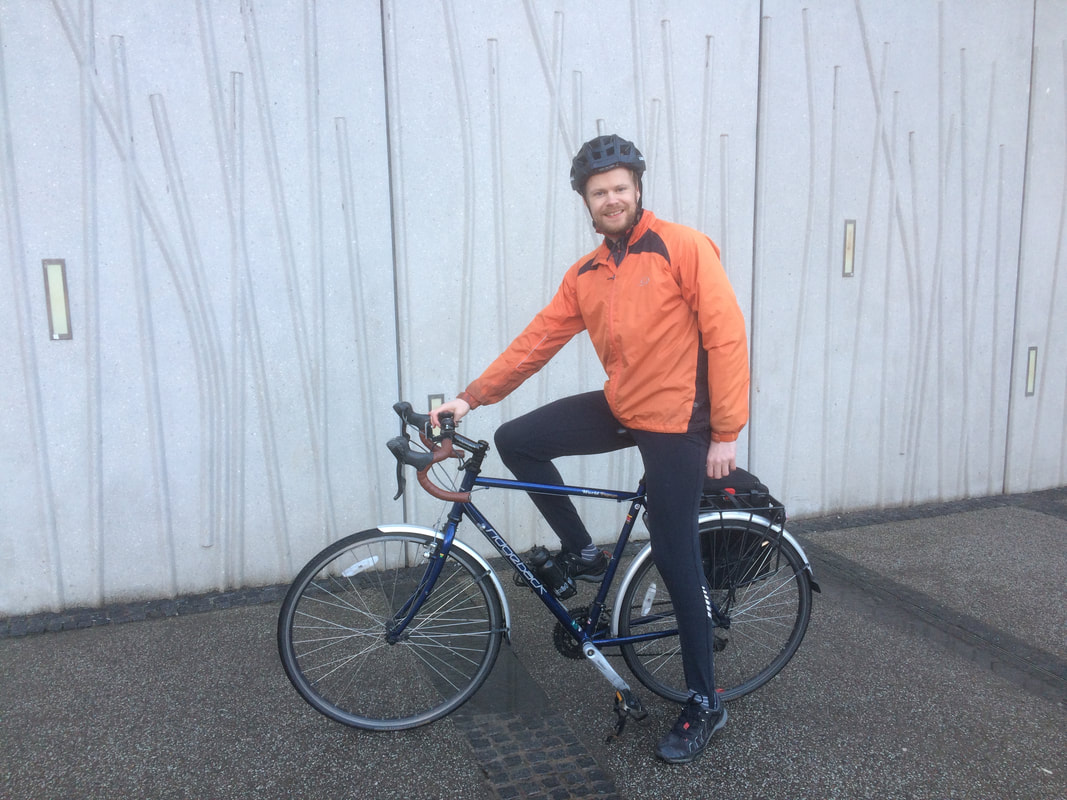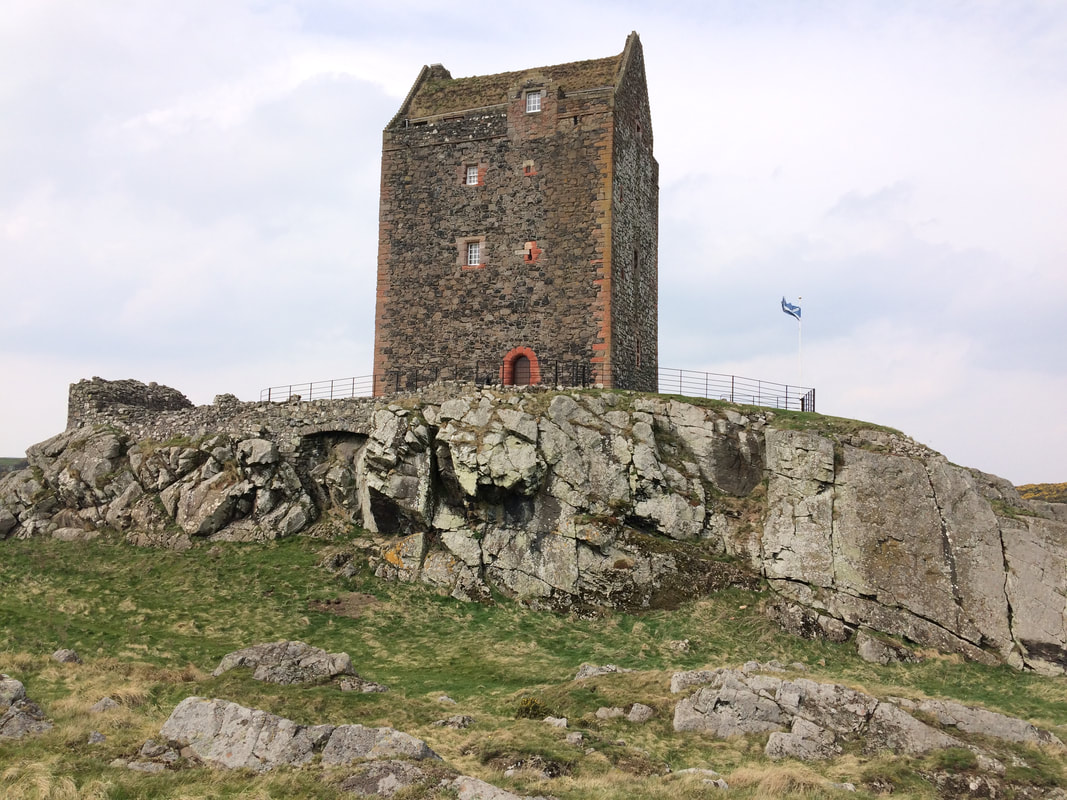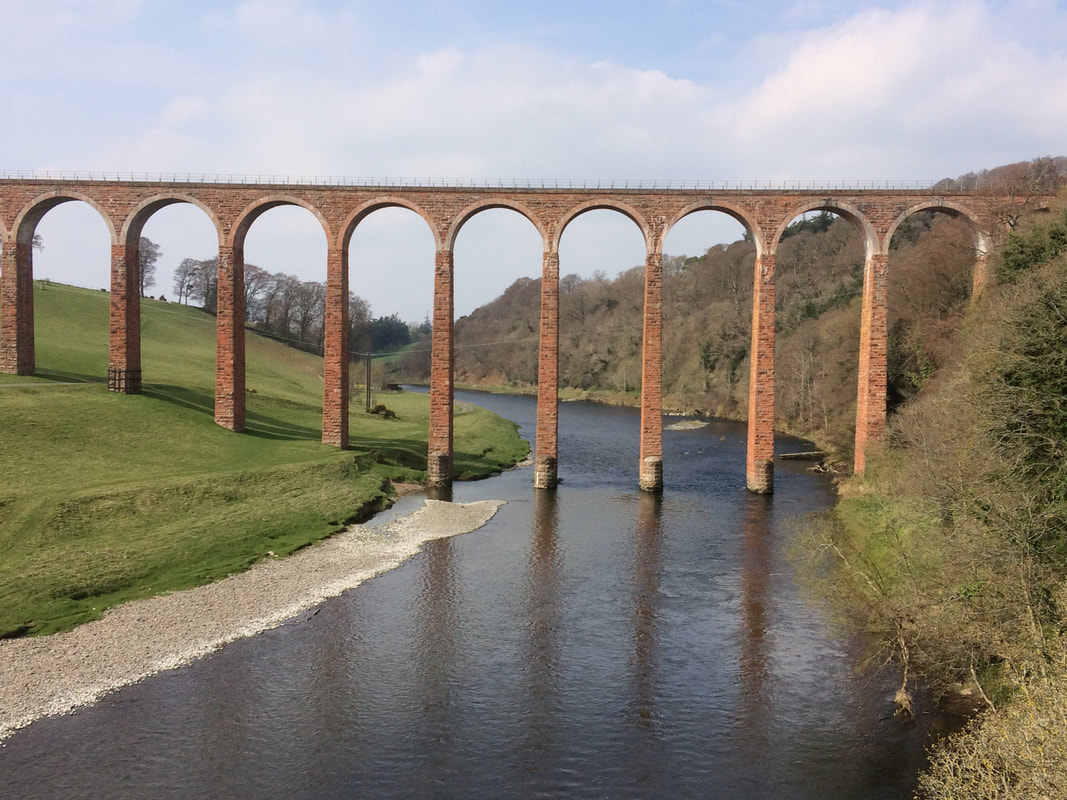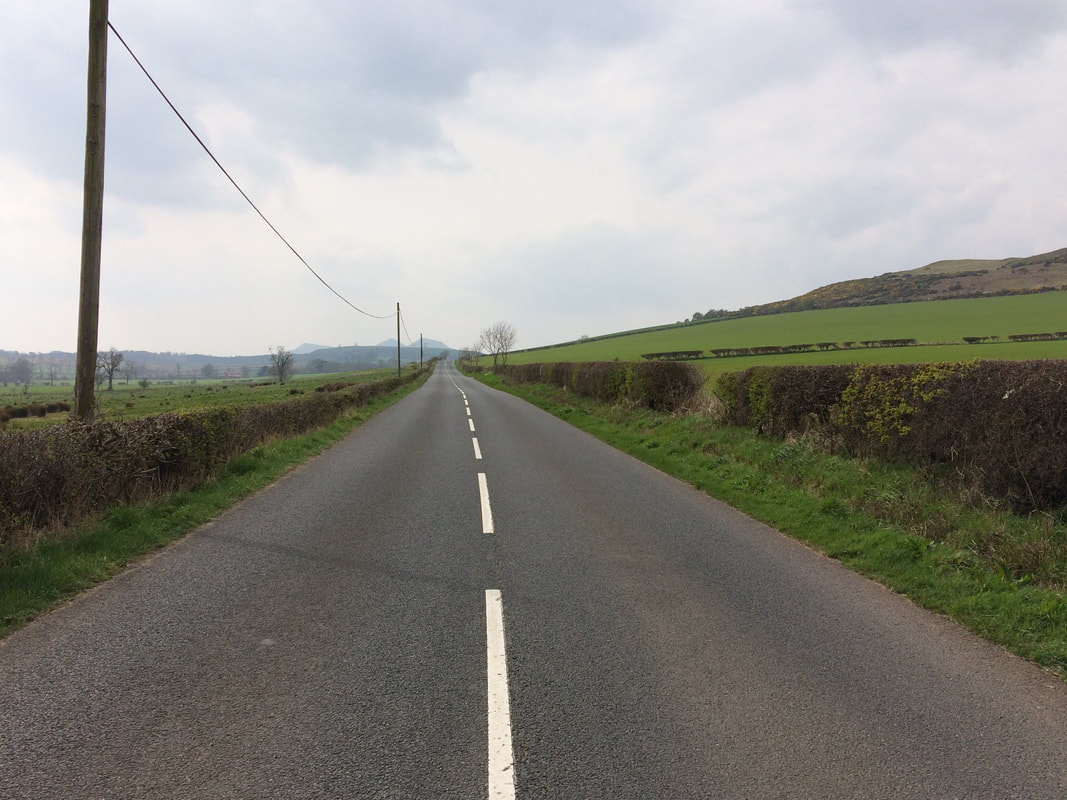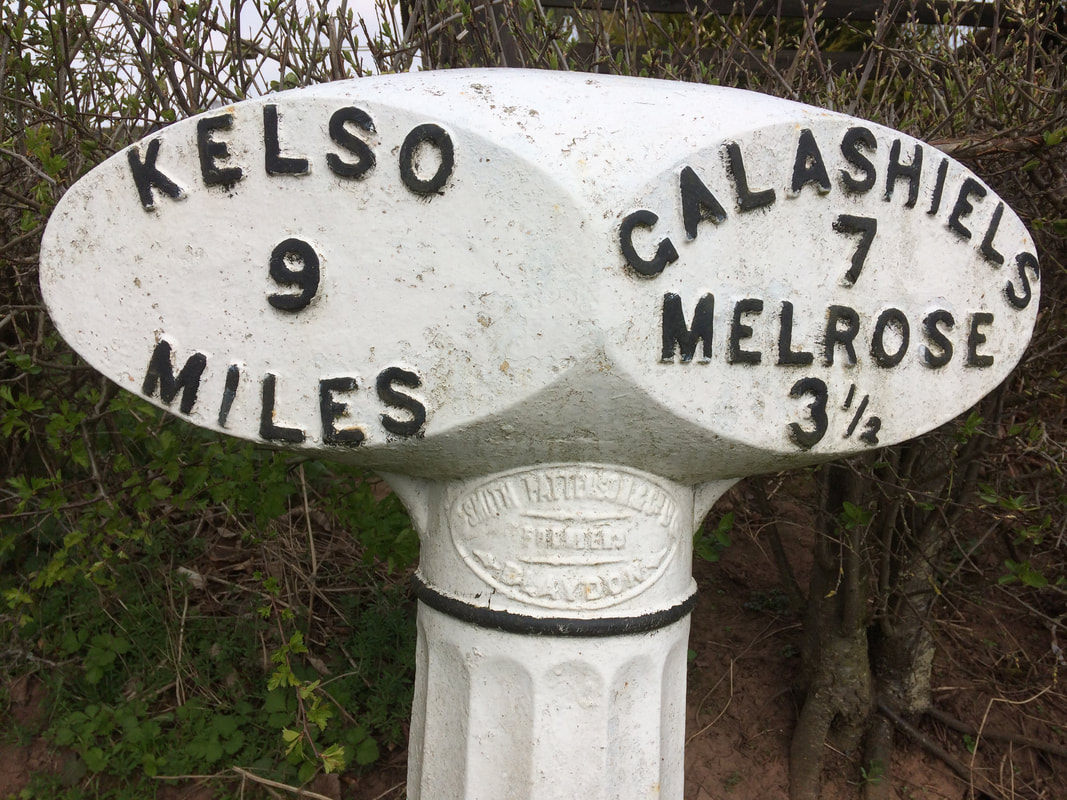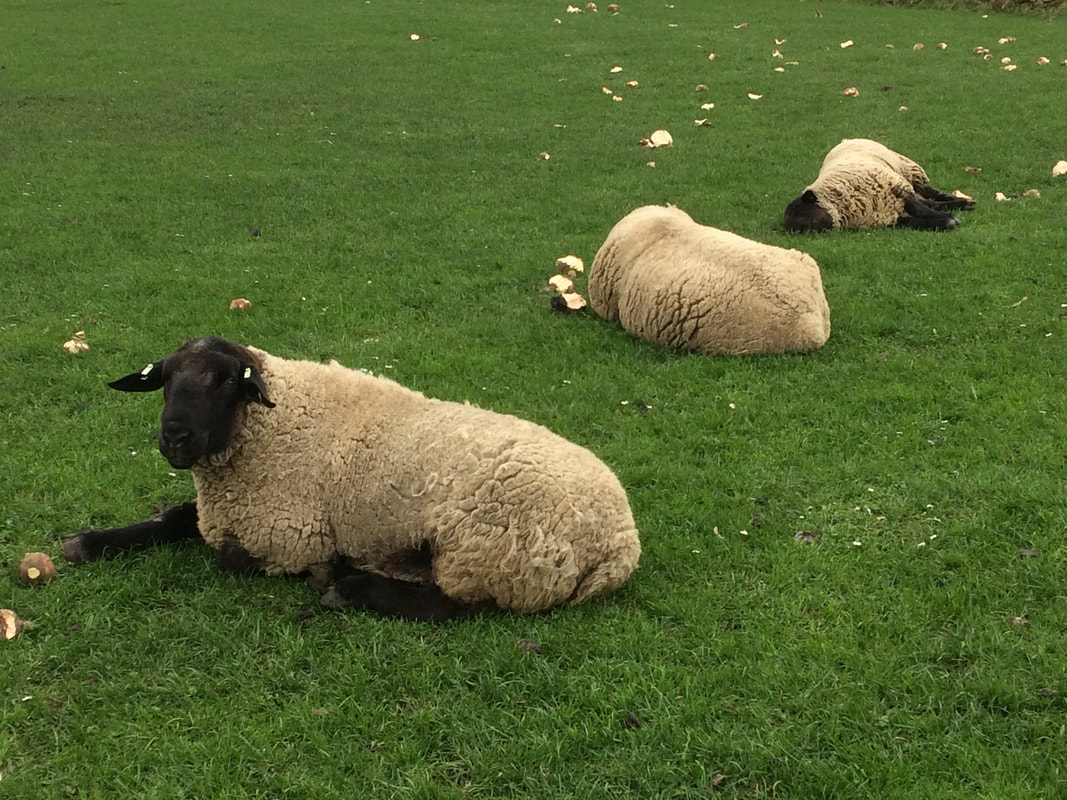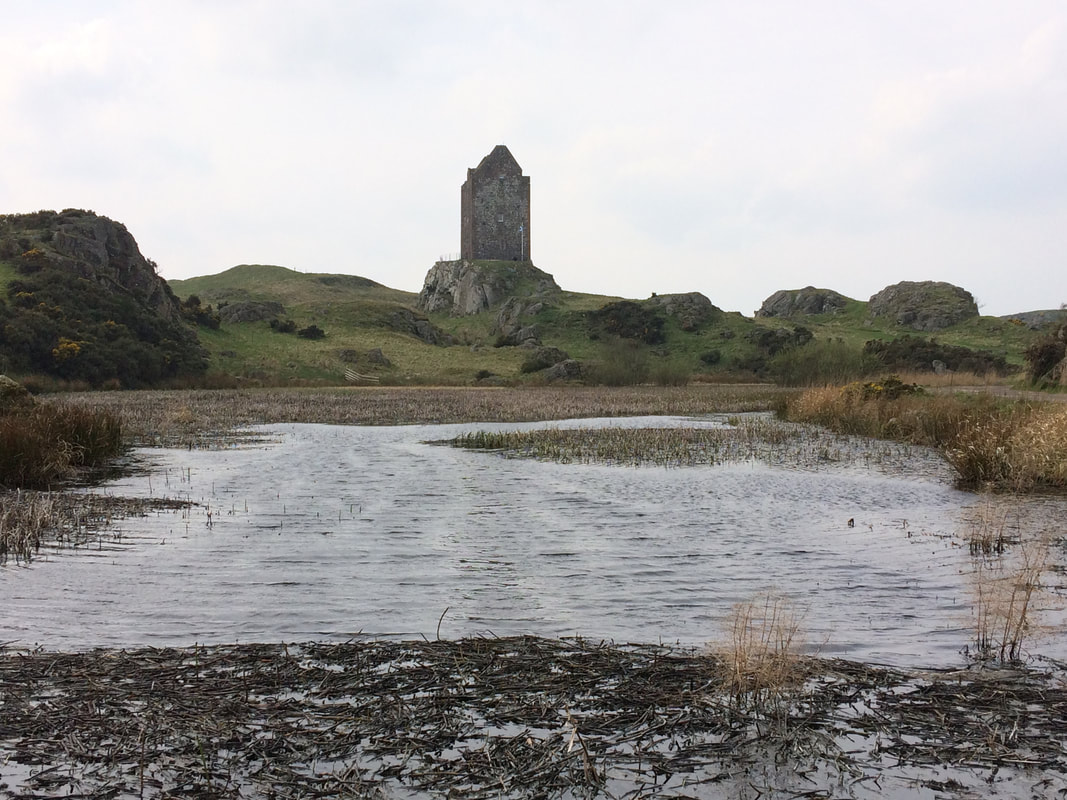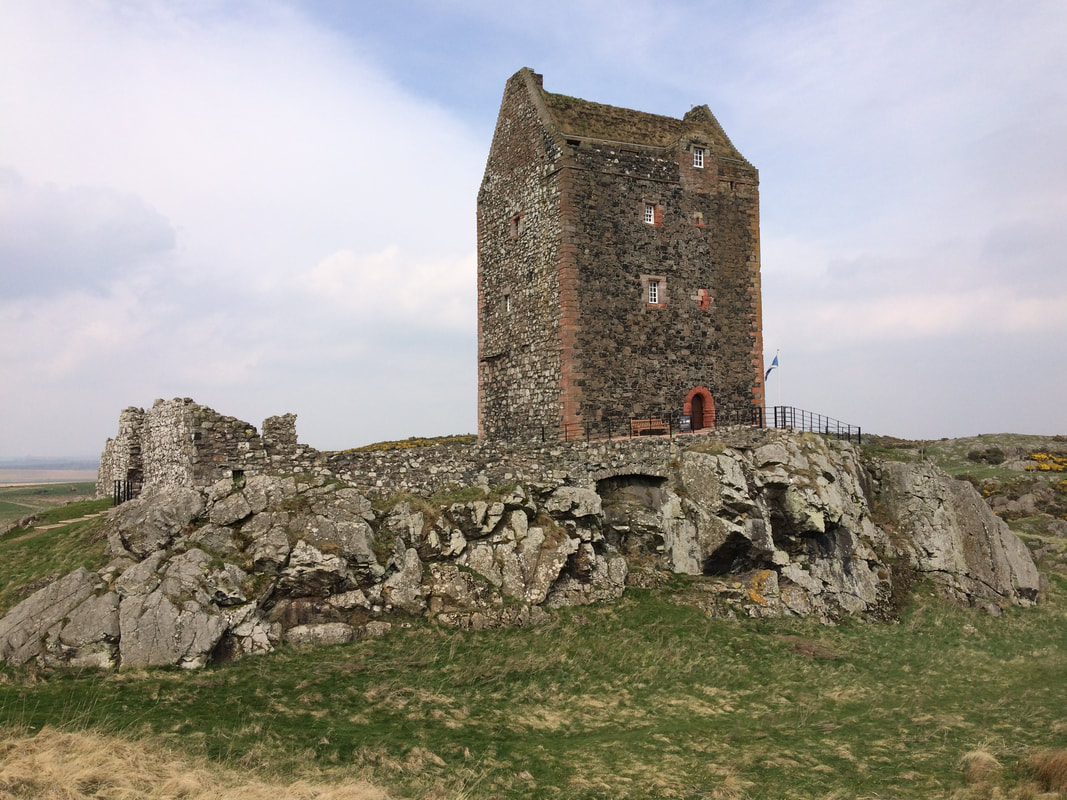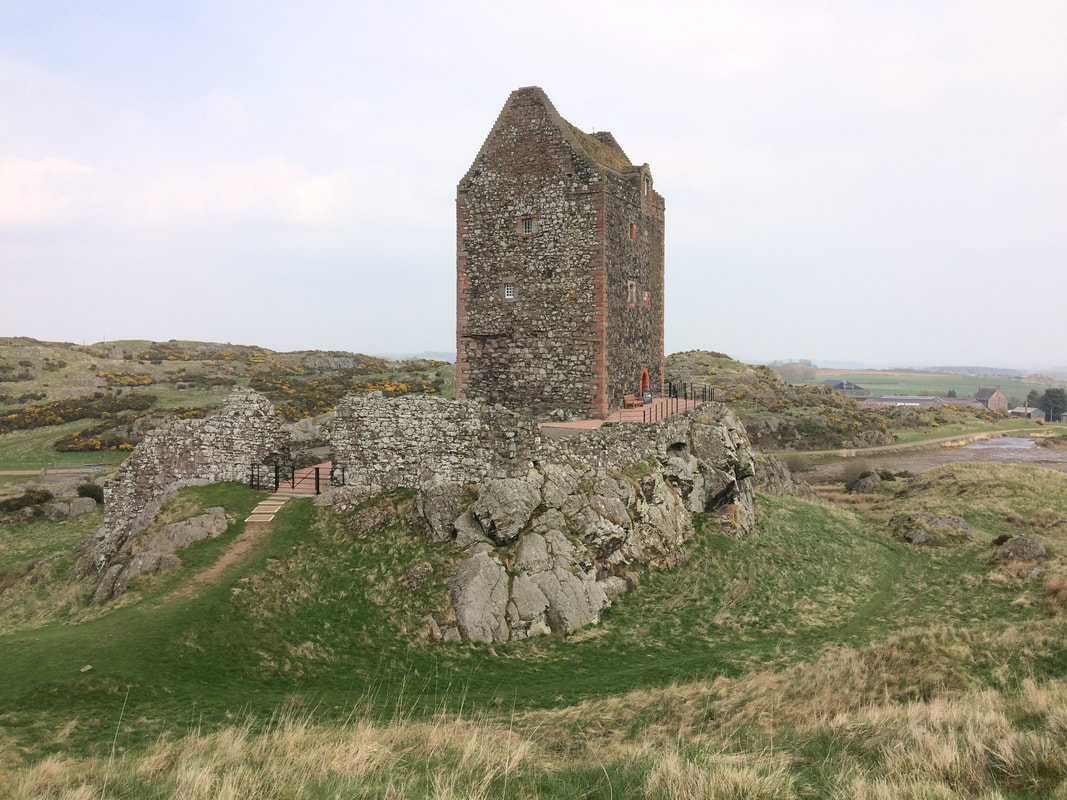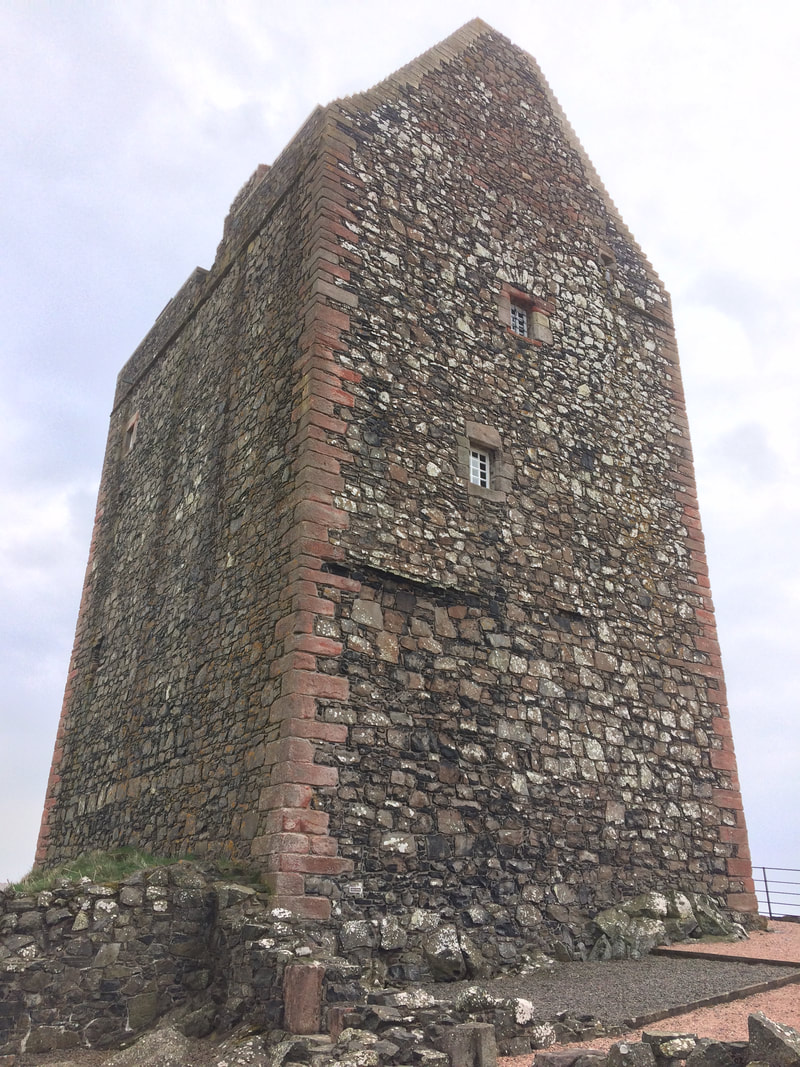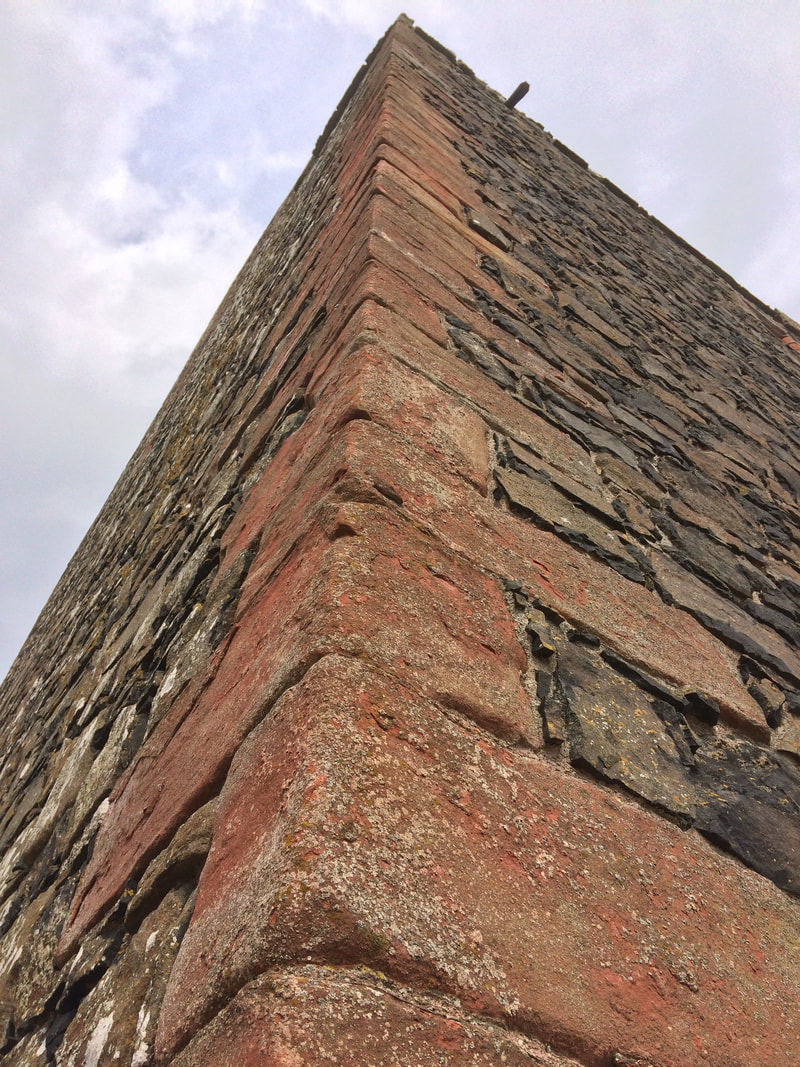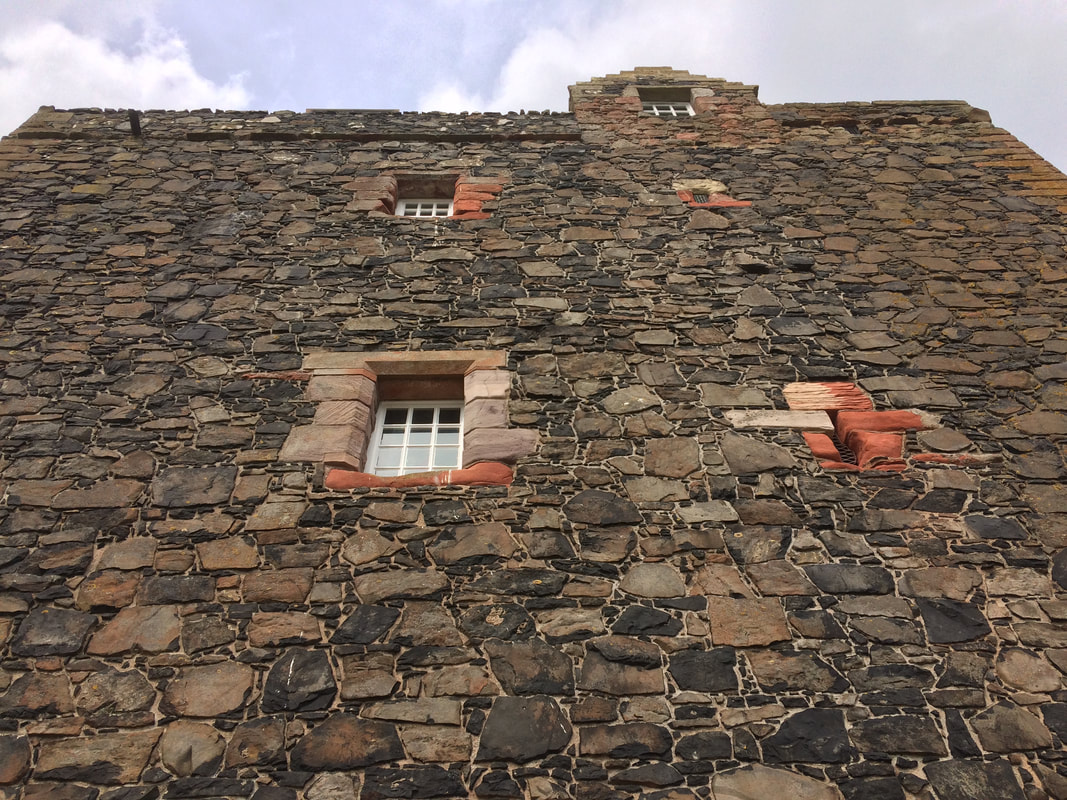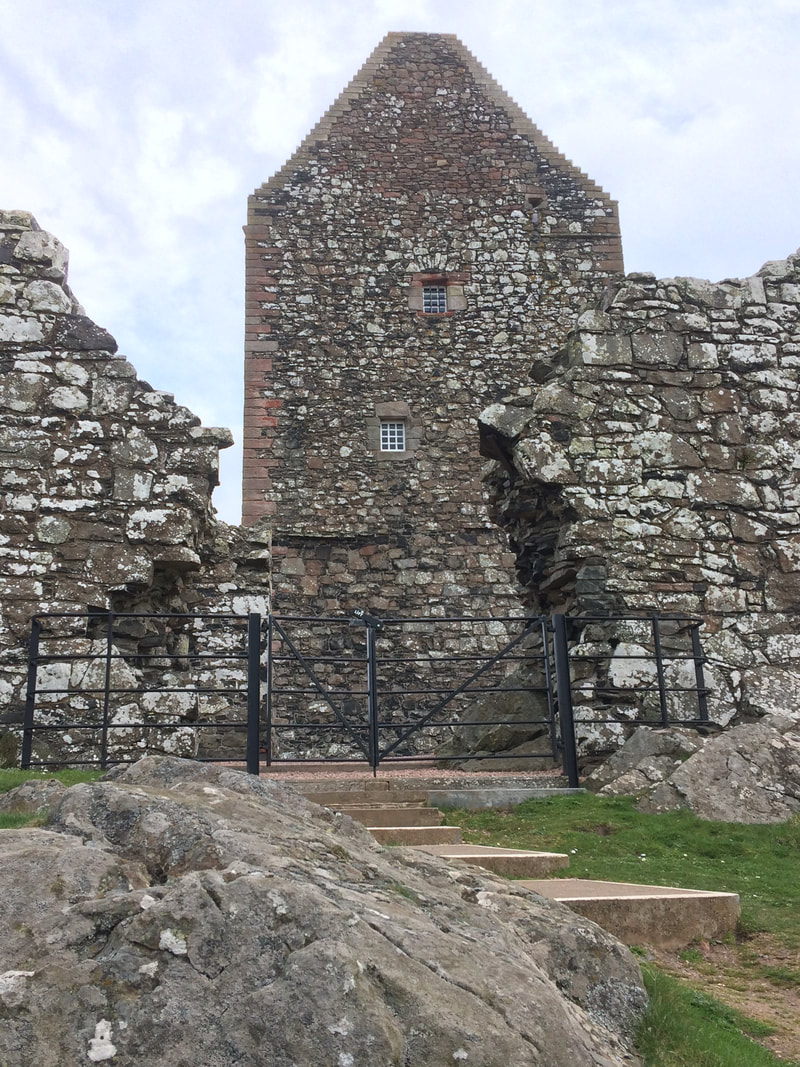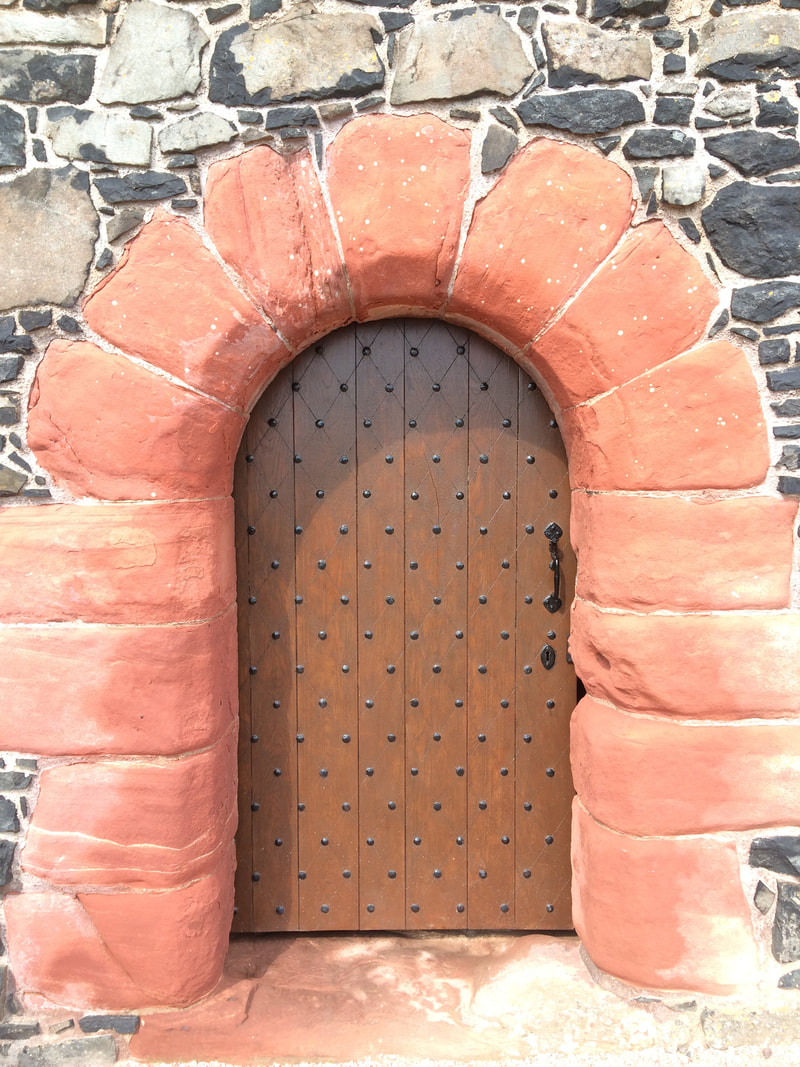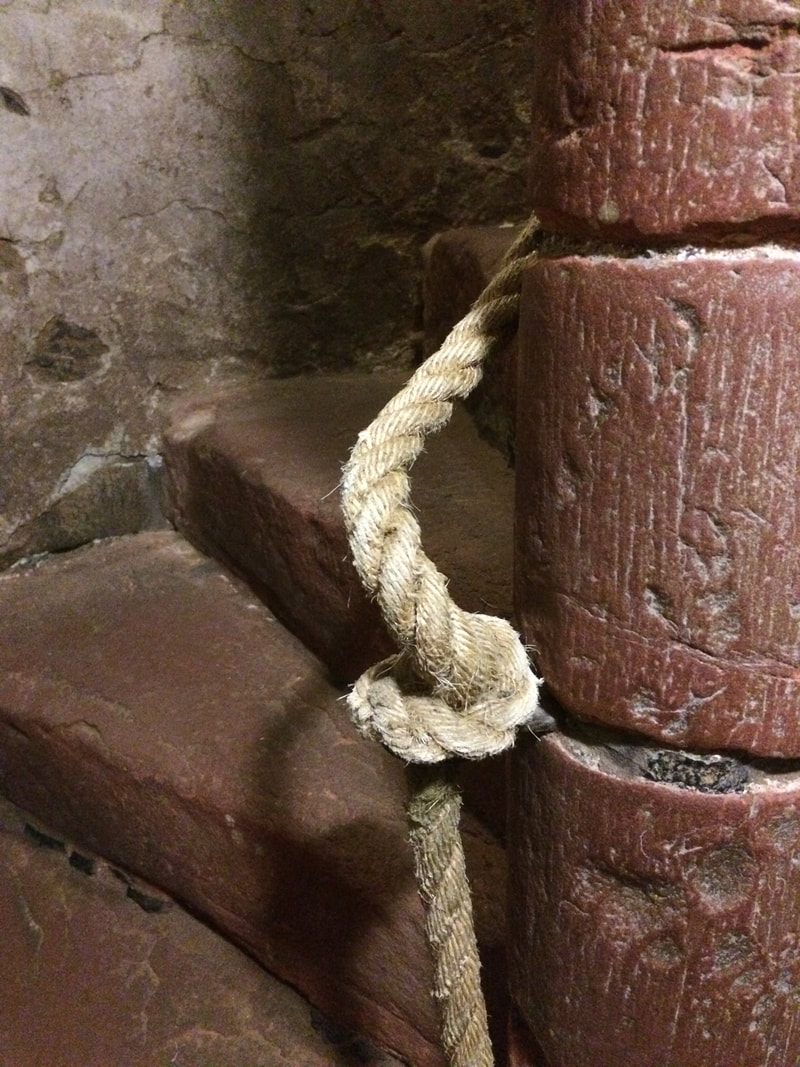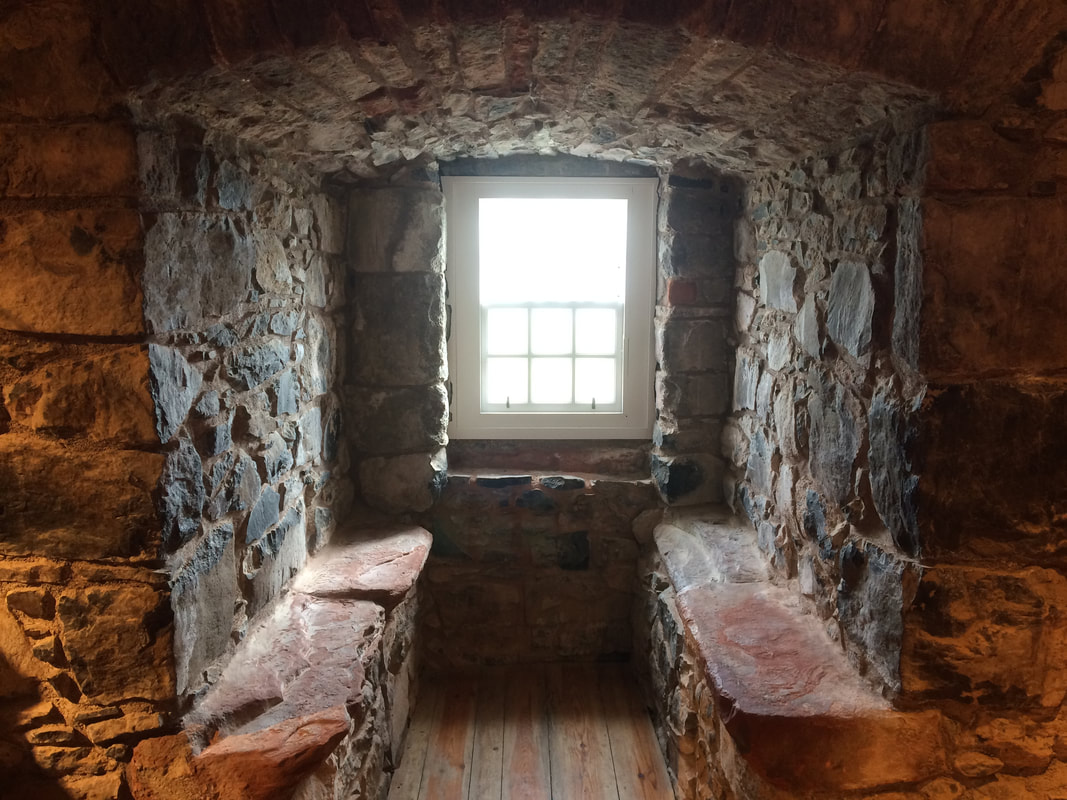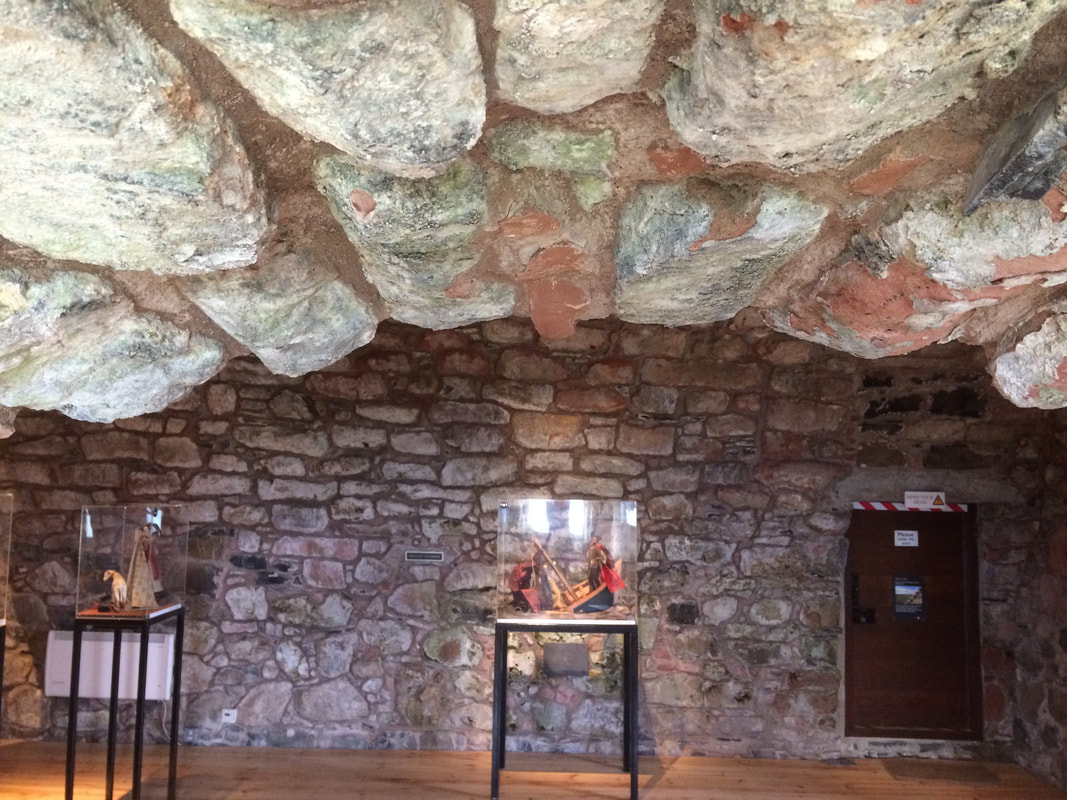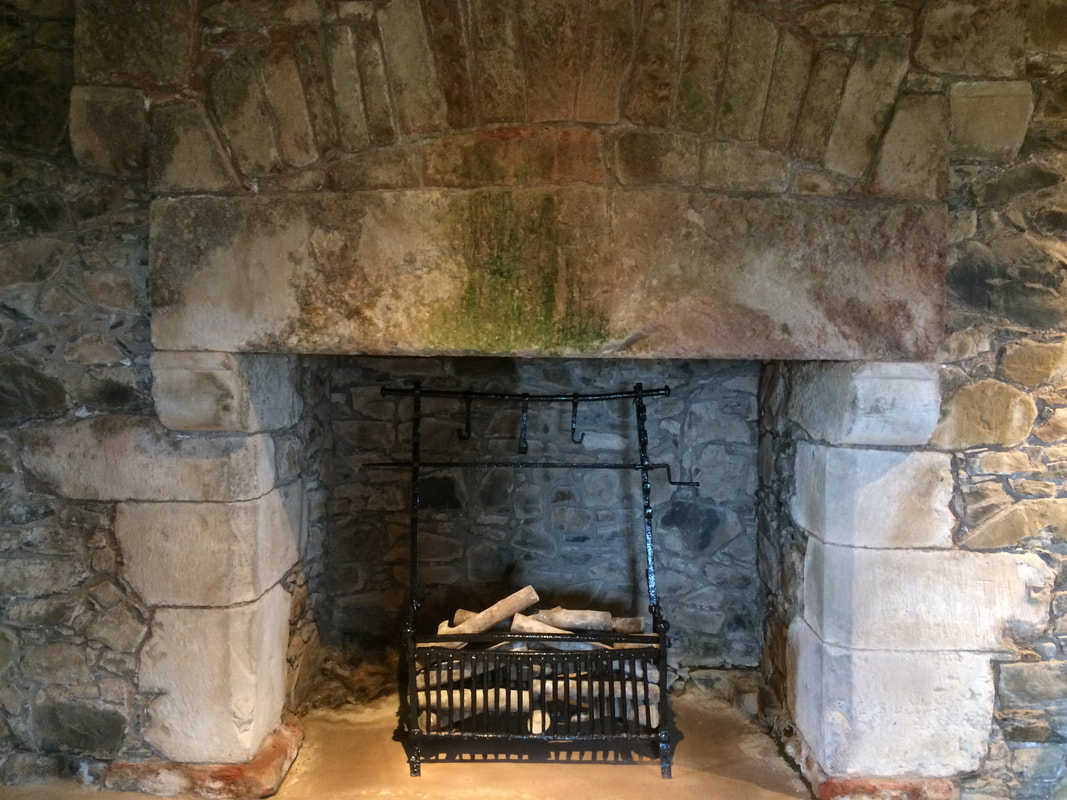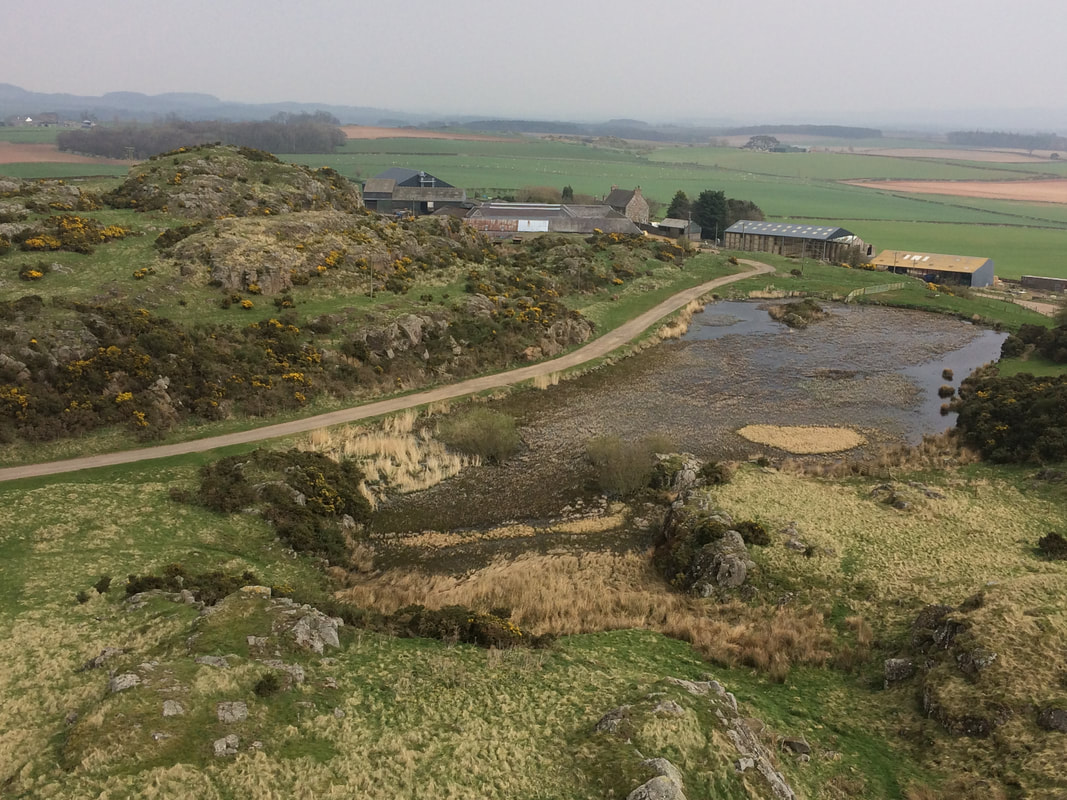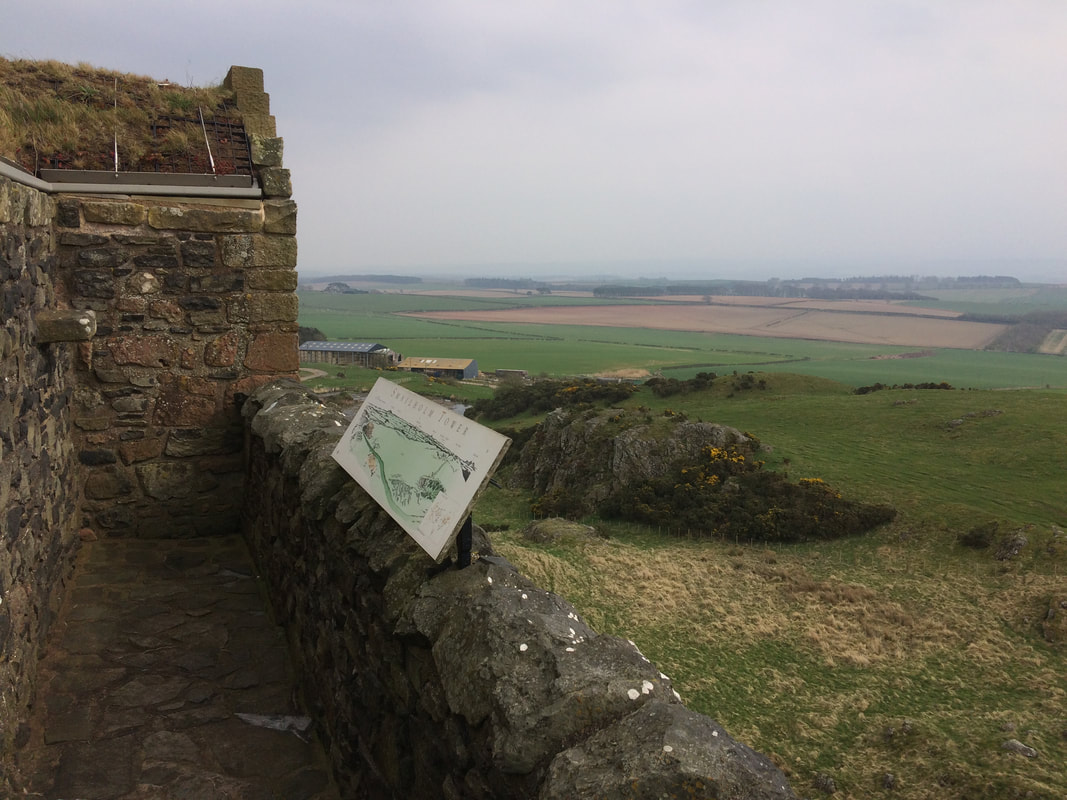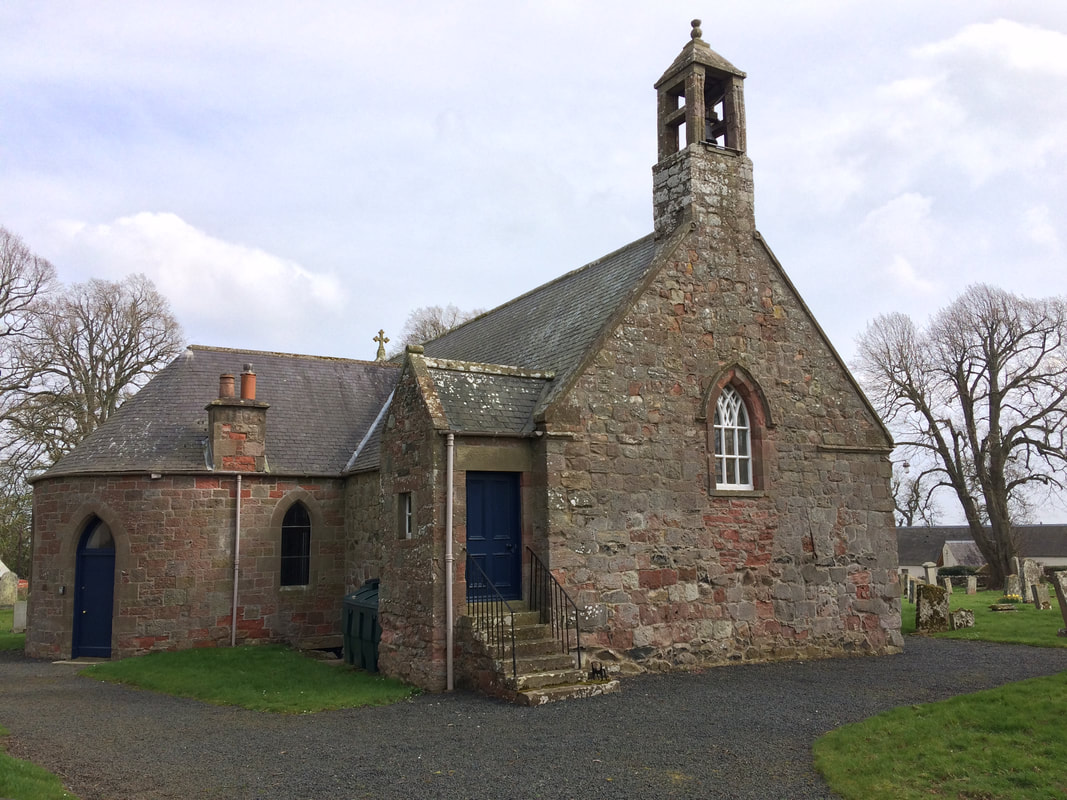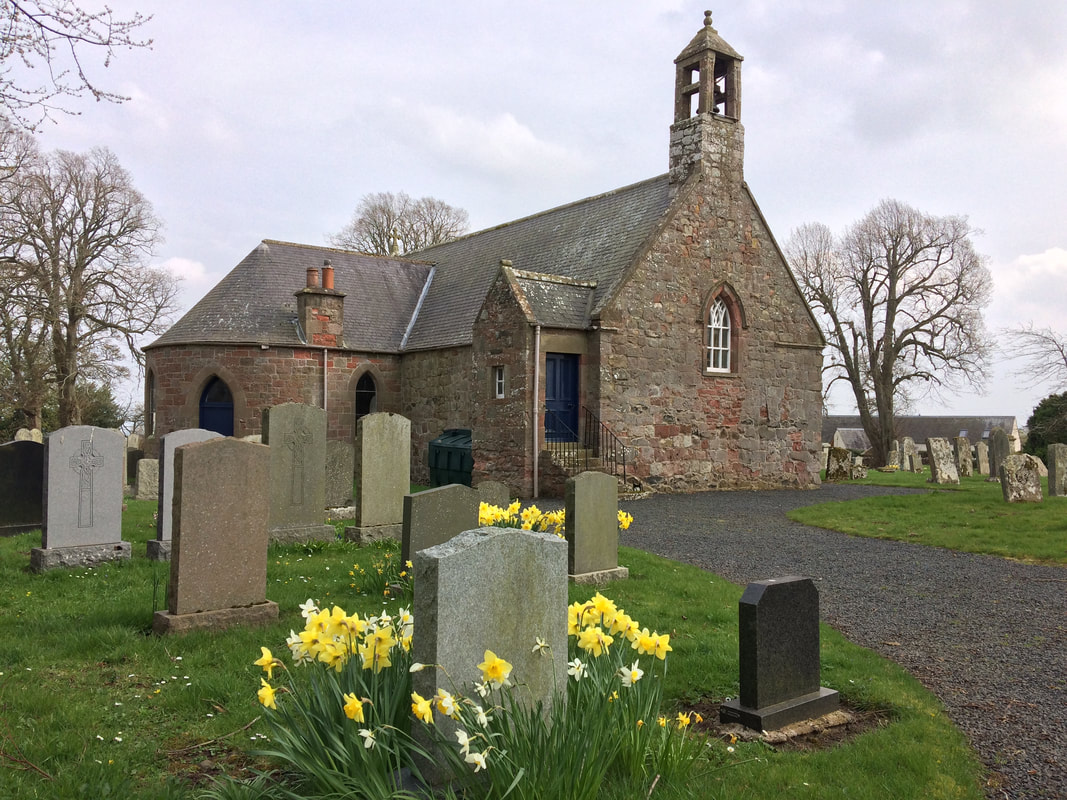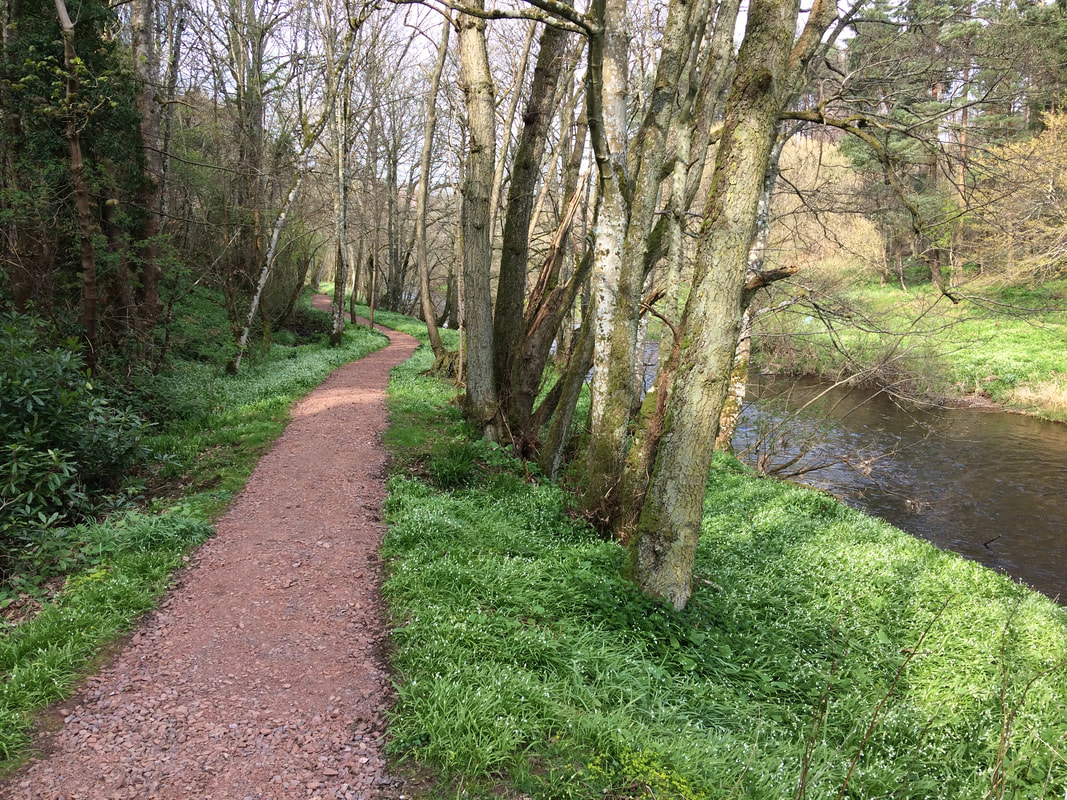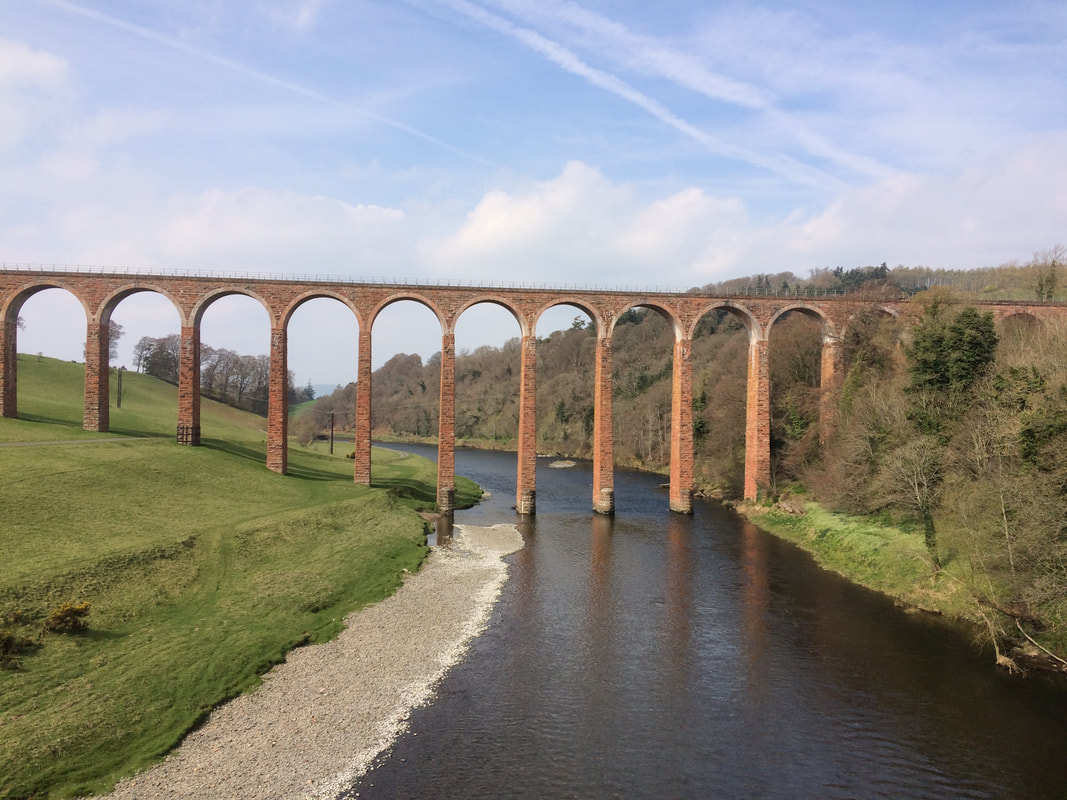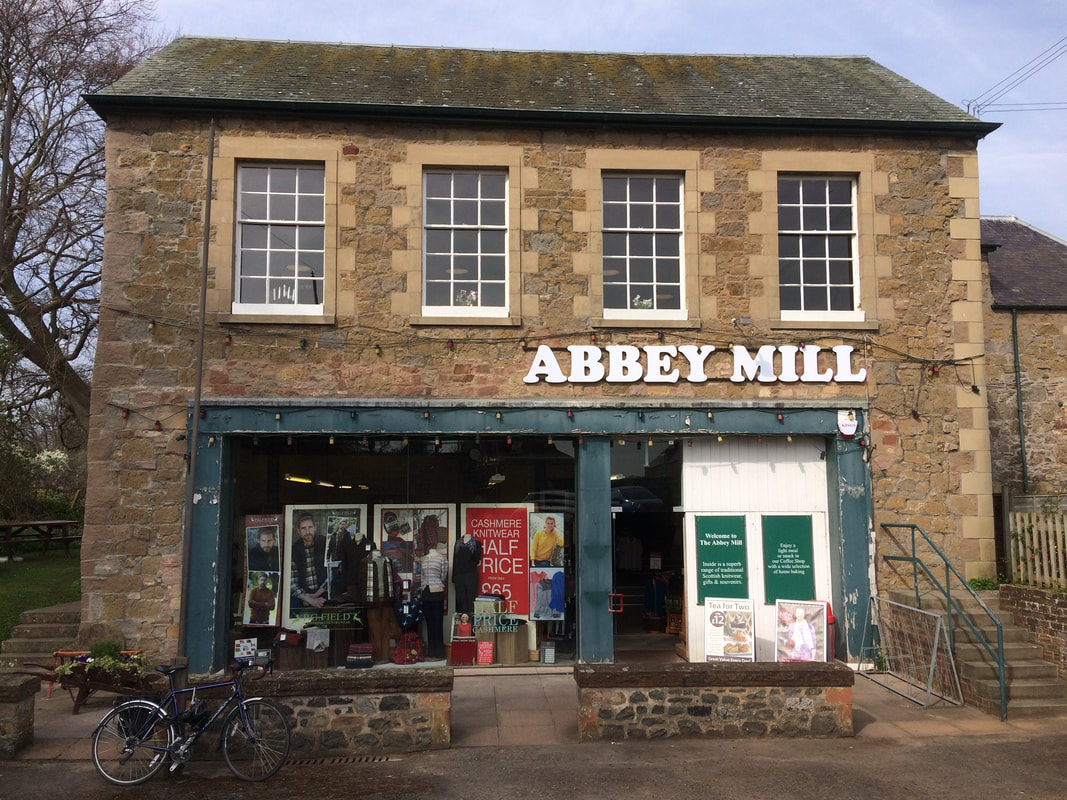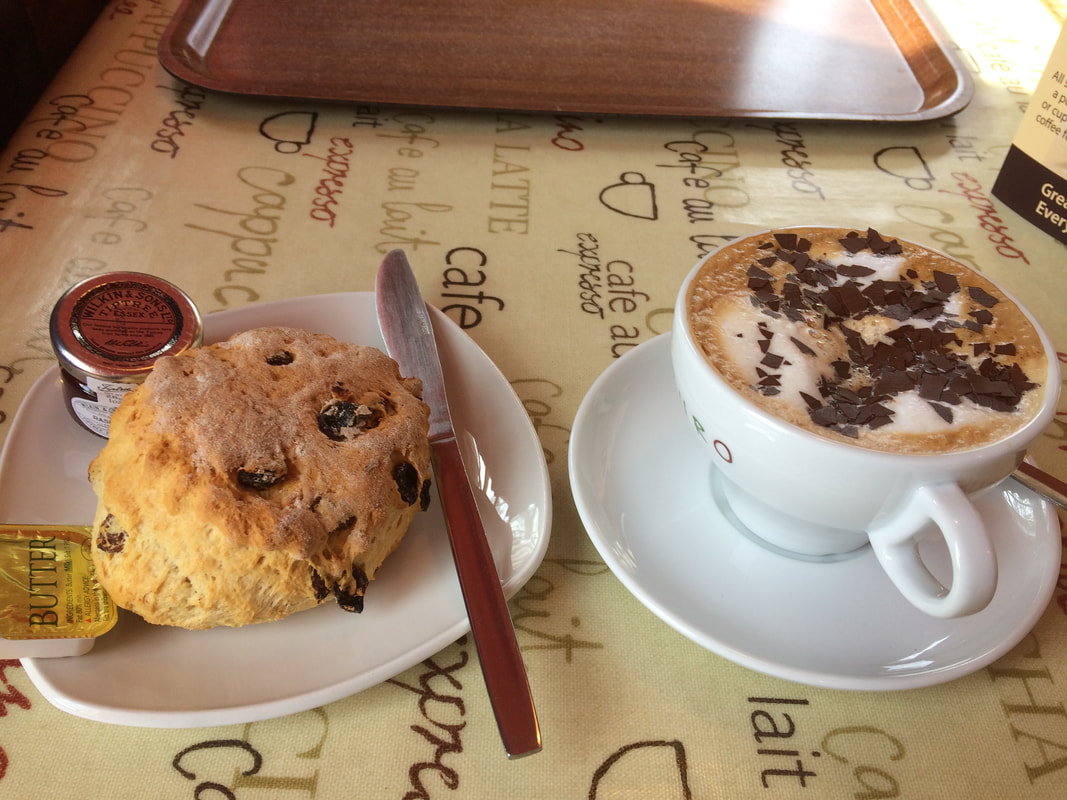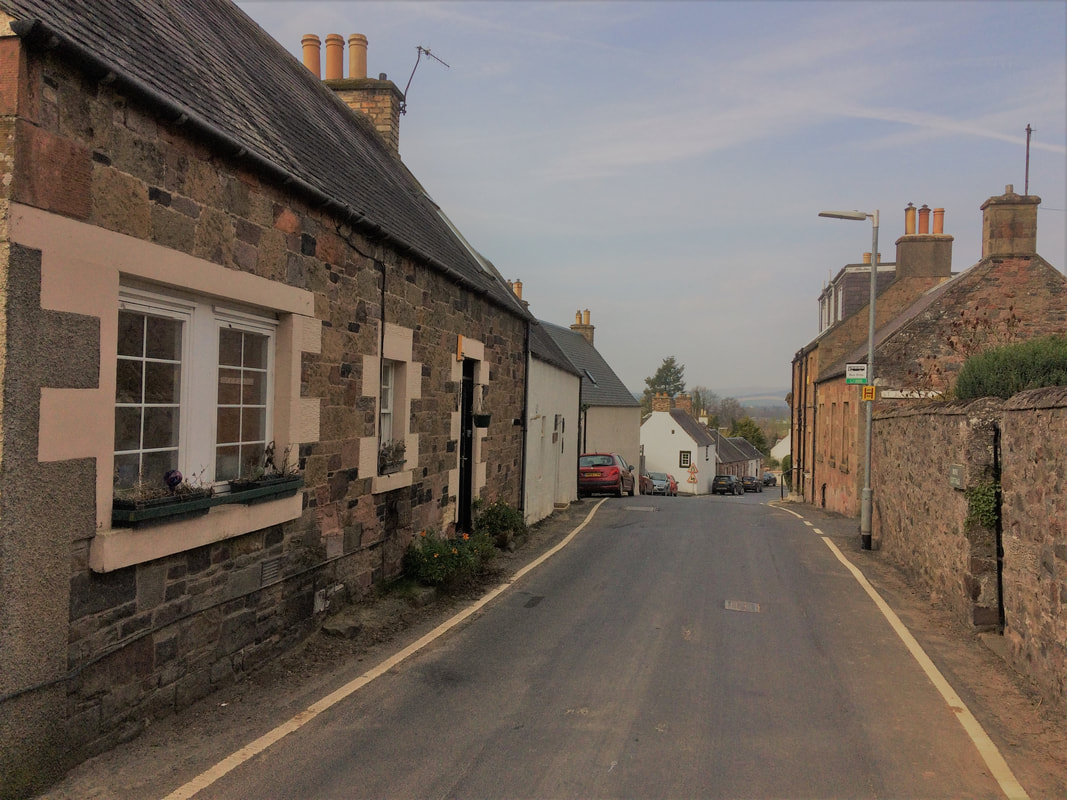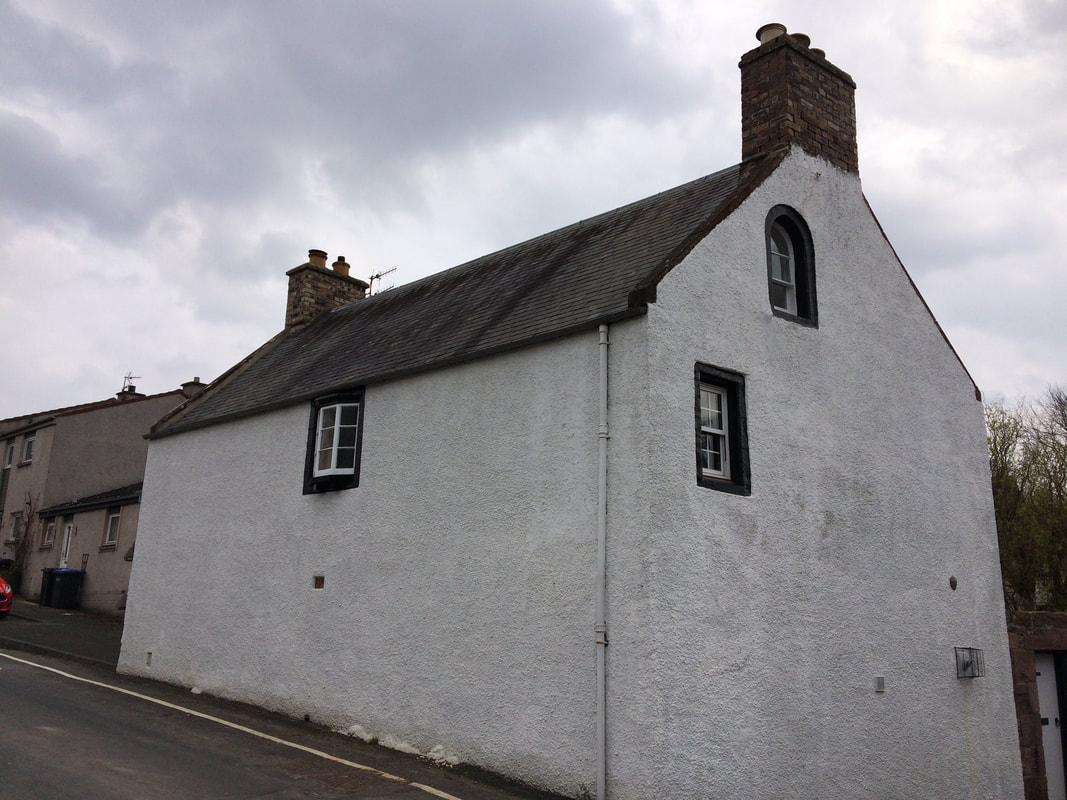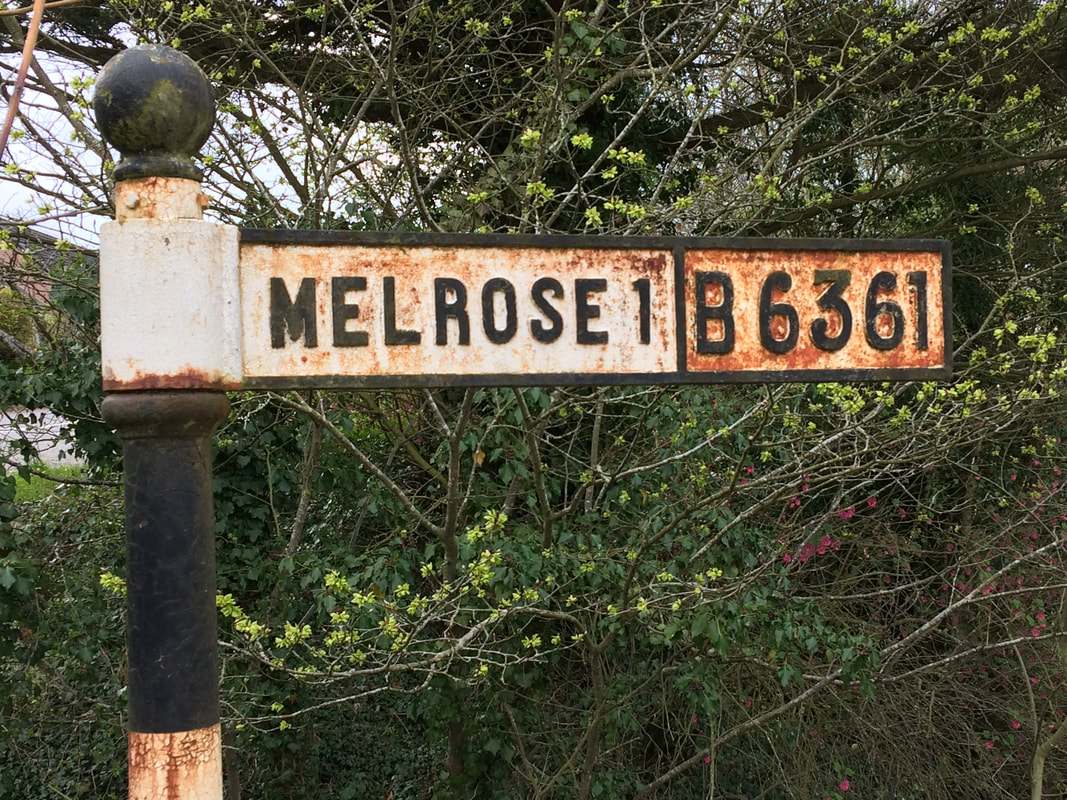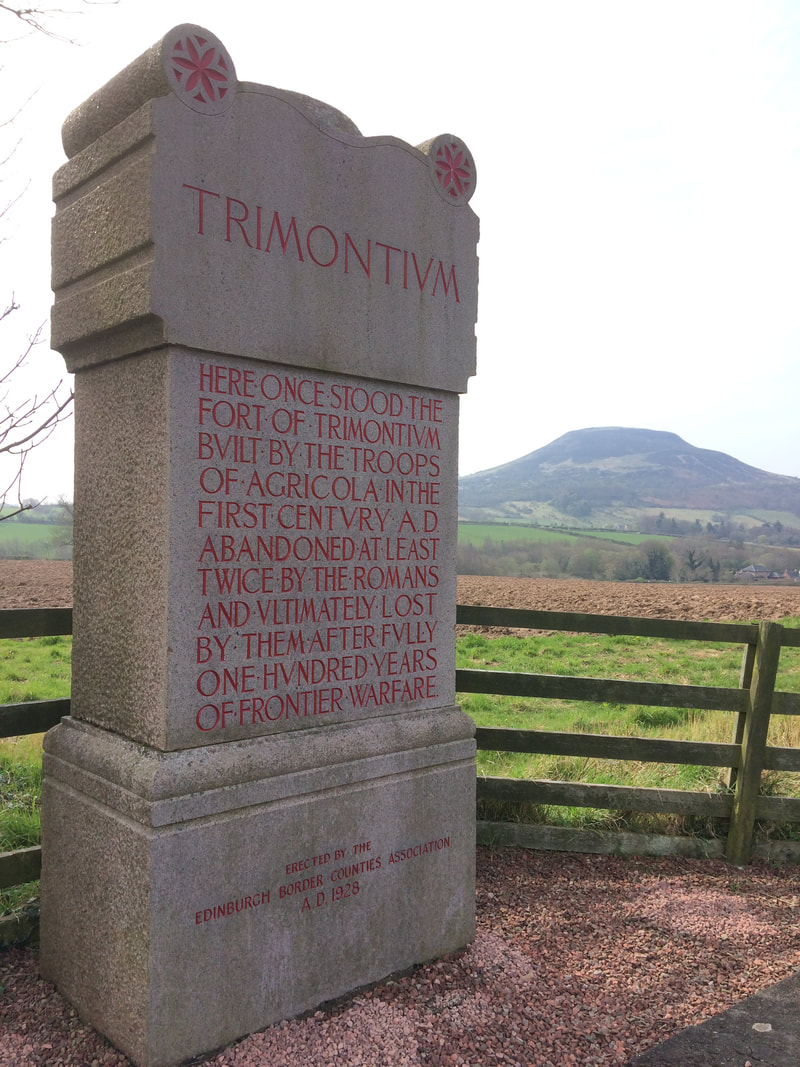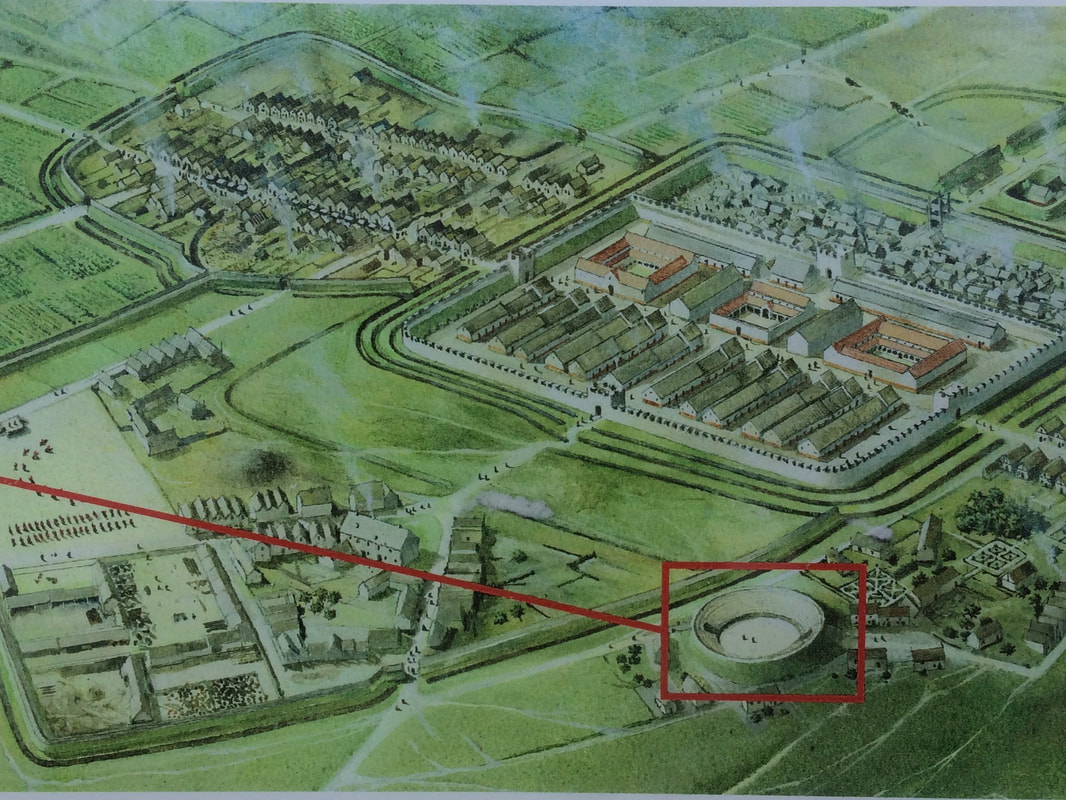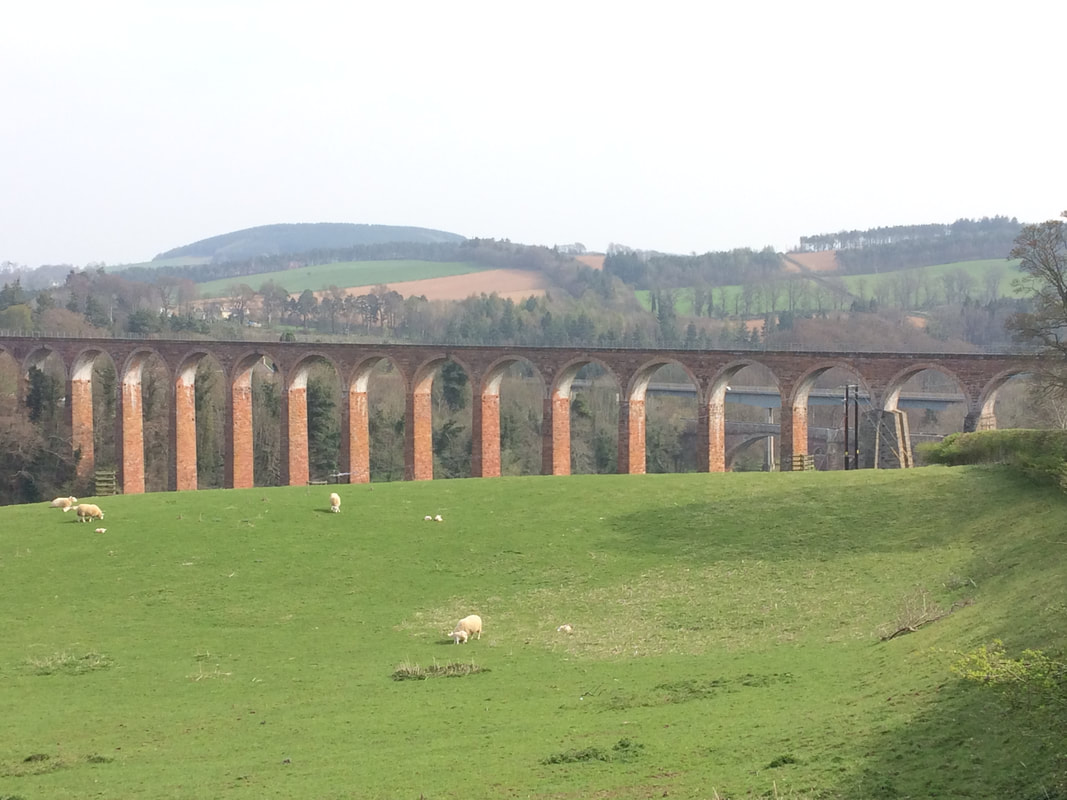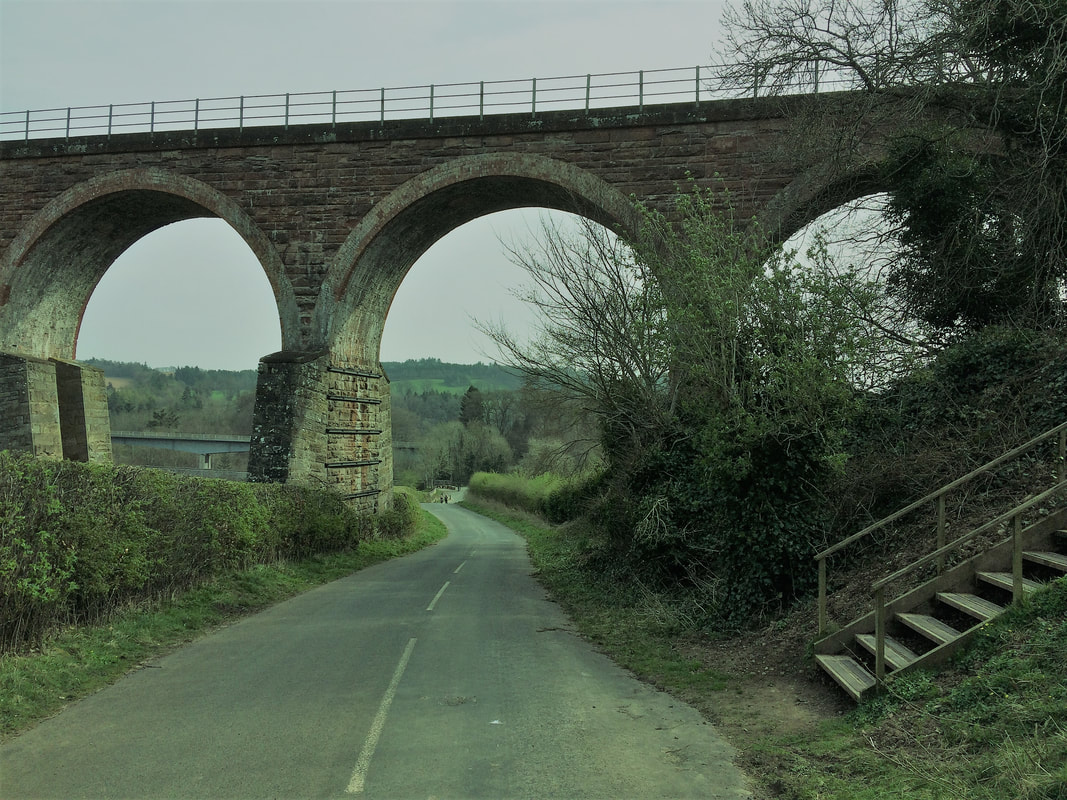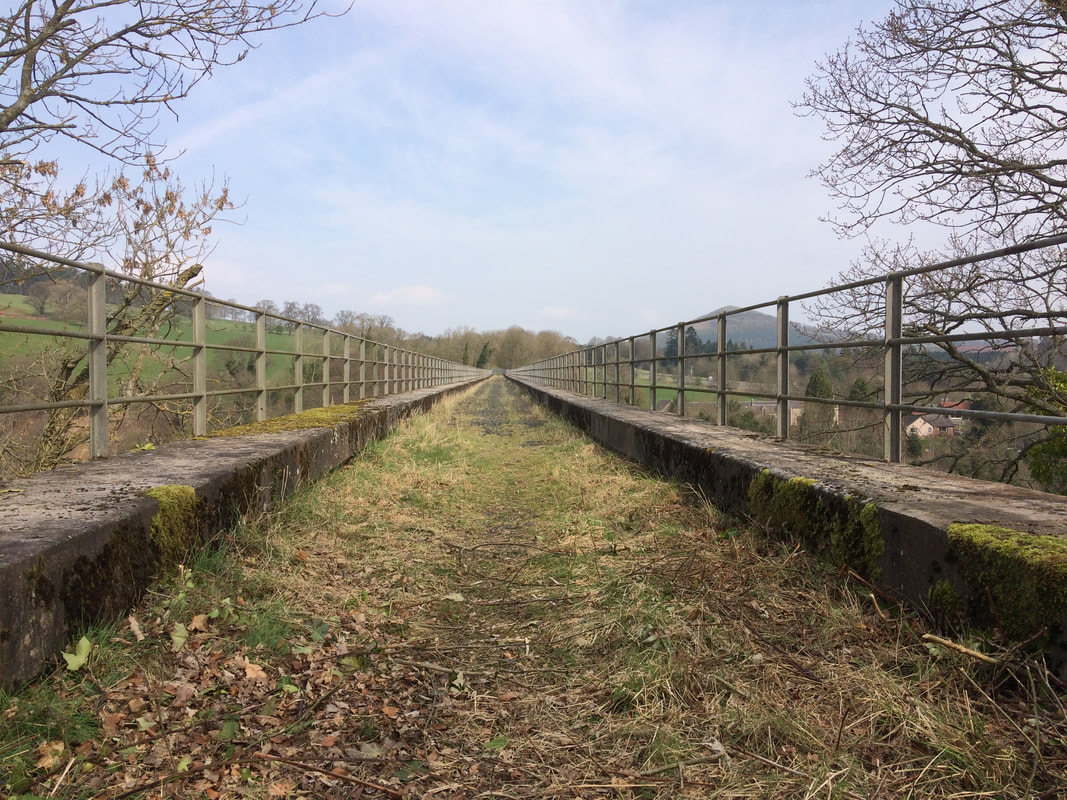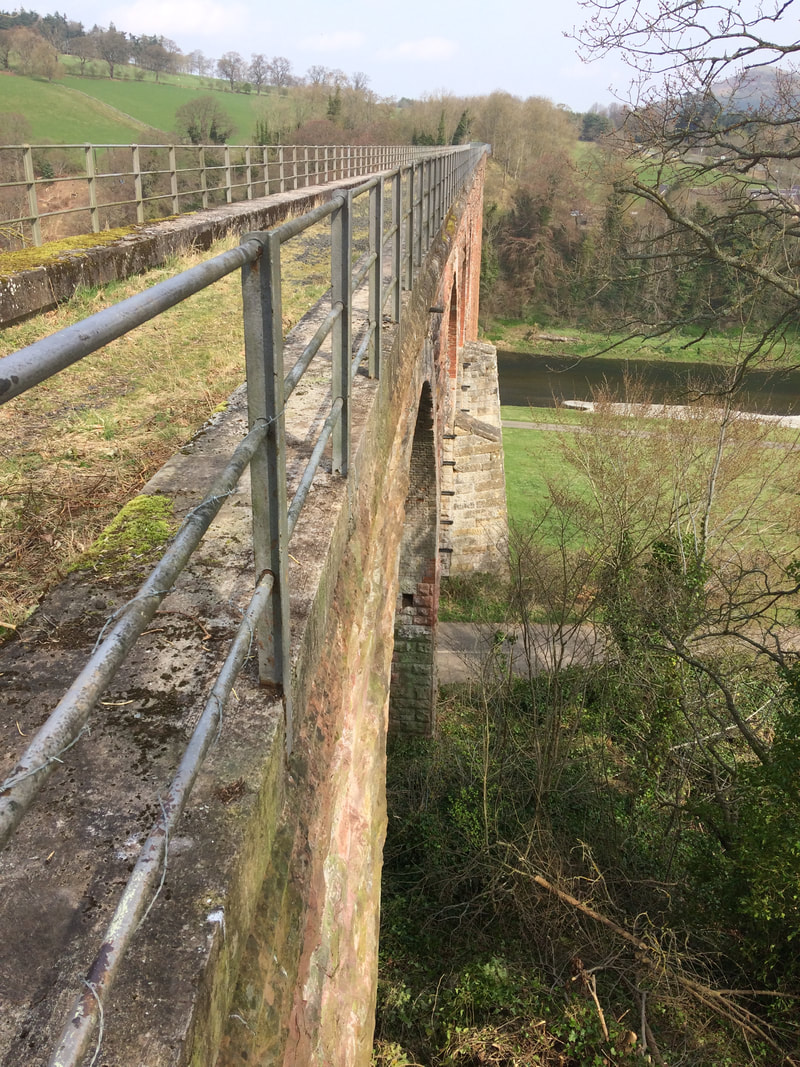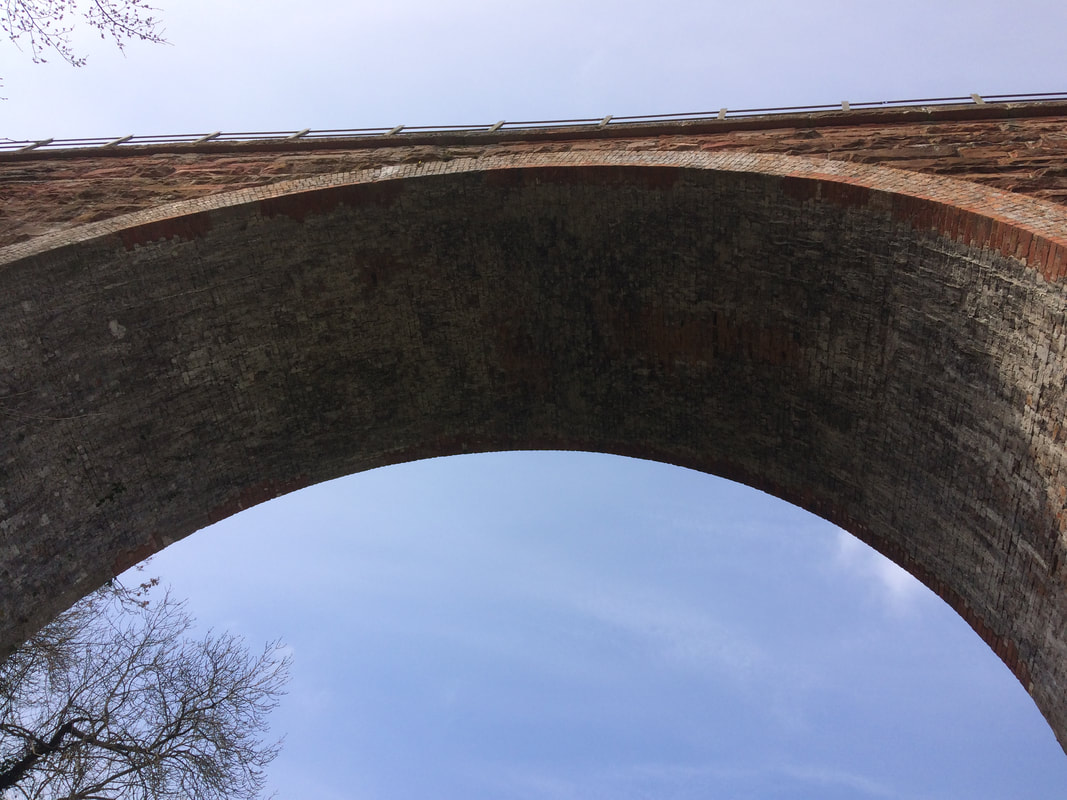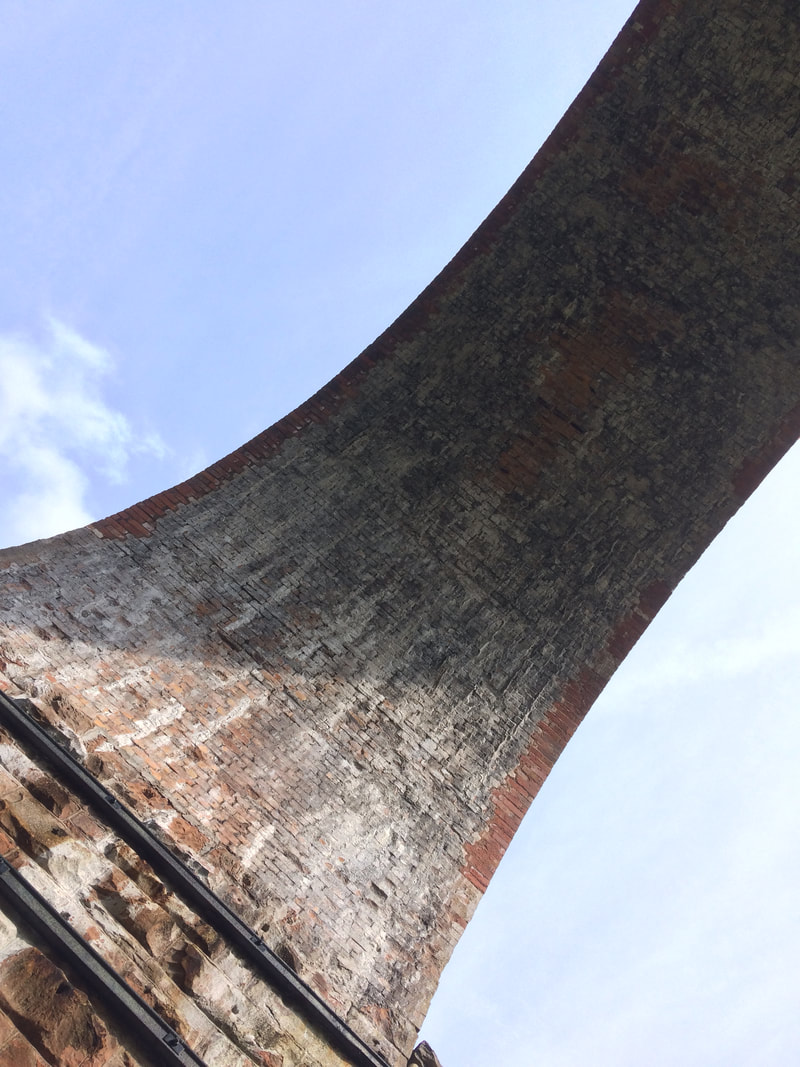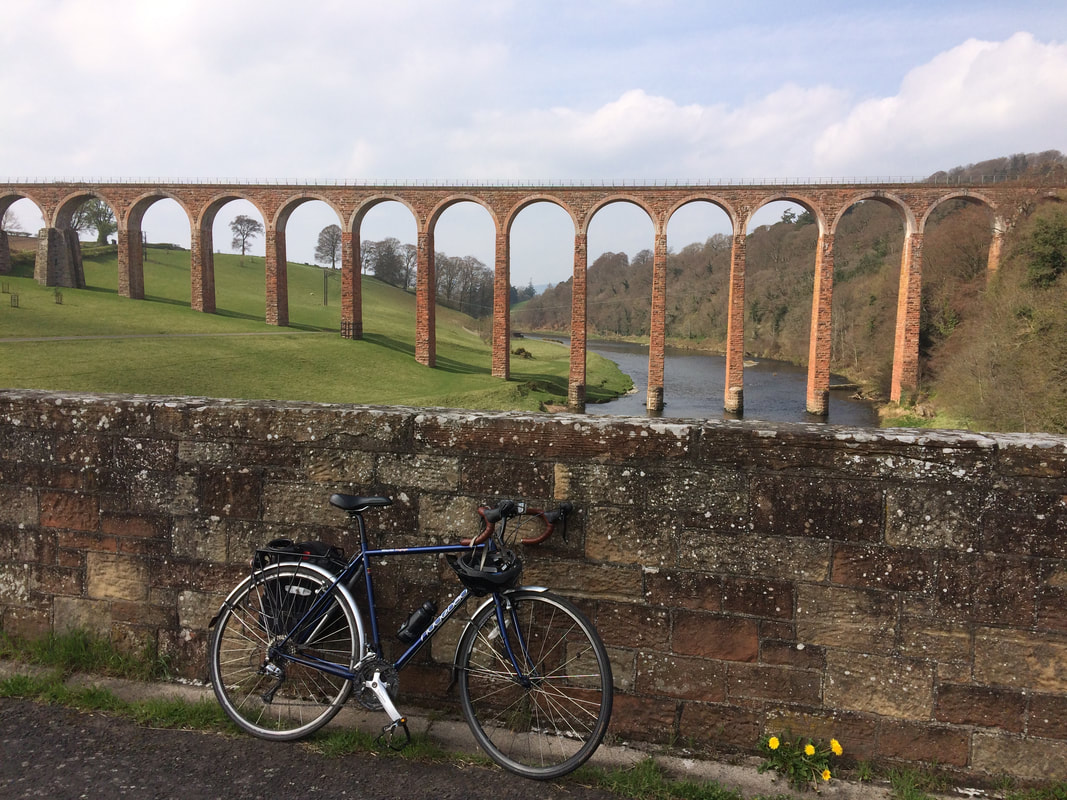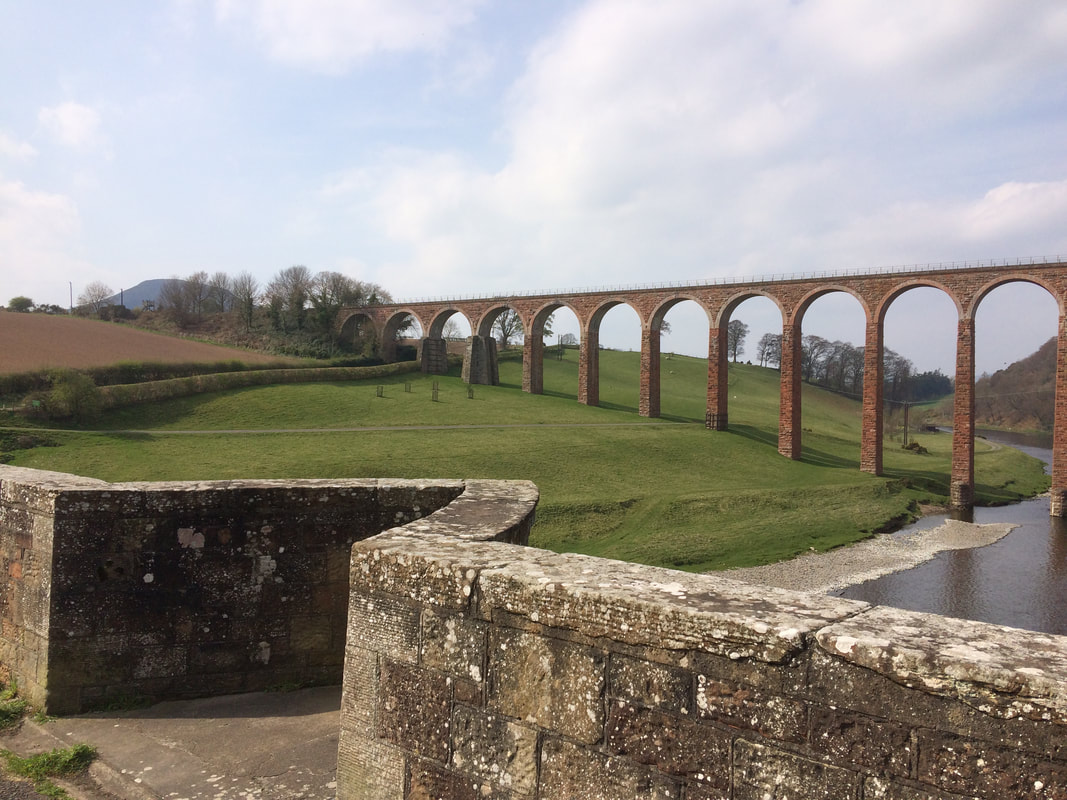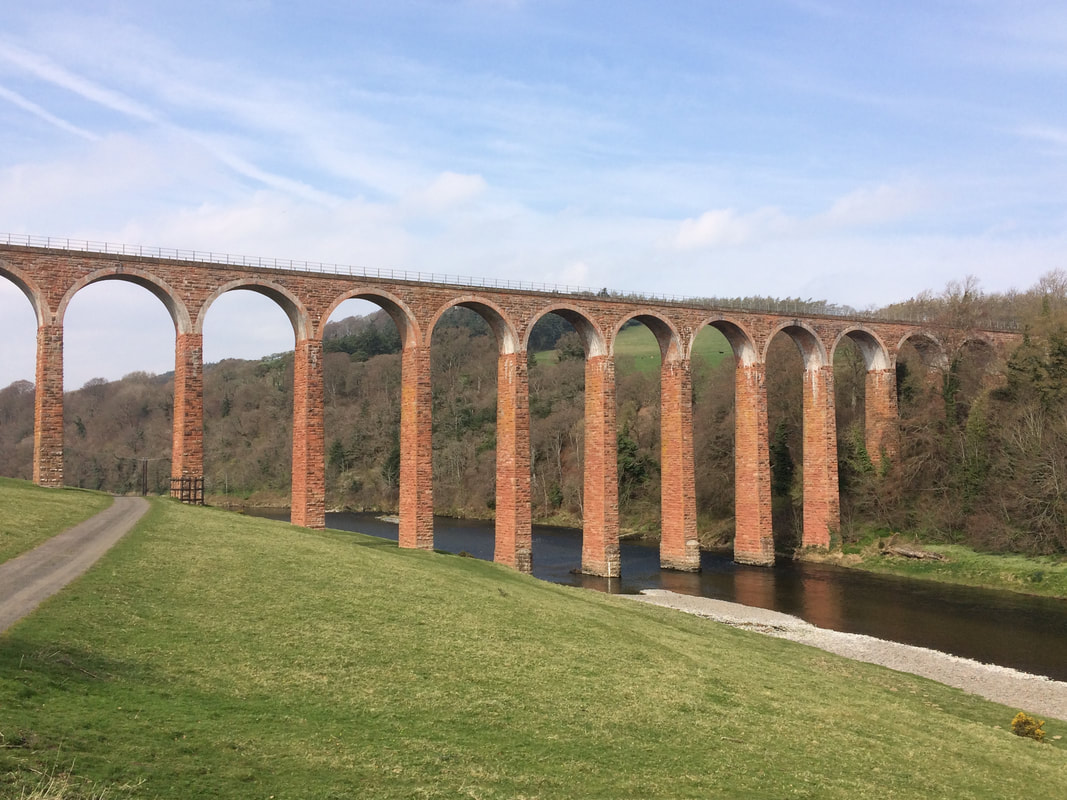|
Cycling isn’t a sport reserved only for gym bunnies and adventure-seeking diehards on specialized mountain bikes. It’s also a great way to get out more, enjoy the outdoors, or even just get from A to B in a greener method than driving, but faster than walking. Plus, it’s so simple to bring into your everyday routine!
The pros of cycling daily There are numerous health benefits for cyclists. Cycling can improve your mental well-being for one, with a study by the YMCA finding that individuals with a physically active lifestyle recorded a well-being score which was 32 per cent higher than people who were inactive. There are obviously many ways to exercise, but cycling stands out as it allows you to take part in physical exercise, get outdoors and explore fresh surroundings. It's also a fantastic way to sneak out and get some all-important time alone with your thoughts. Graeme Obree, a former hour record holder, expanded on this aspect in particular by telling Cycling Weekly: “Getting out and riding will help [people suffering with depression] … Without cycling, I don’t know where I would be.” Of course, the benefits to your body should be considered too. For instance, the activity promotes weight loss — between 400 and 1,000 calories can be burnt per hour depending on your level of intensity and your weight — and it also builds muscle, especially around the calves, hamstrings, glutes, and quadriceps. Your general health will also appreciate you taking up cycling. Cycling has been found to reduce the risk of you developing cancer or heart disease, improve your lung health, allow you to enjoy better sleep, and increase your brain power. It’s not just your health and well-being that will see improvements if you cycle more regularly either. Pedaling to and from a destination can actually take a shorter amount of time than completing the commute in a vehicle, depending on the distance and the level of traffic encountered of course. If you’re looking to save a little money, cycling can help with that too. Cyclescheme.co.uk imagined a scenario back in 2011 whereby a cyclist travelled for five miles to work every day and then another five miles to get back home. Covering a 48-week year — holidays were taken out of the equation — the organisation found that 2,400 miles will be covered, which would account for around £320 in fuel costs if a vehicle was used to travel the distance. That sum was based on the average cost of fuel during 2011; just imagine the savings today seeing as though fuel prices have continued to skyrocket over the past decade. Bringing cycling into you commute How about cycling to work instead of driving or walking? Cycling Weekly has some handy tips about how to commute to work using a bicycle. The best-selling cycling magazine recommends a bike that can handle any weather and only needs minimum maintenance, such as a road bike. Consider fitting your bike with mudguards too — no one wants to arrive at the office with mud and muck covering their clothes — as well as wide tyres which will work to spread the load, improve comfort levels, and provide enhanced grip during wet weather. Remember when you’re buying cycling gear to buy a white front light and red back light. You’ll need this for after dusk and before dawn. It’s advised that you use these lights throughout the day too though, as they’ll improve your visibility. You may also want to buy a backpack that you can fill with your essential work items and then carry over your shoulders while you cycle, or a pannier rack for your bike if you often carry a lot of stuff during a commute. It’s very important to be able to ride with confidence too. To help, Cycling Weekly advises: “Hugging the curb often encourages drivers to pass closely, which will only increase any nervousness that caused you to do so in the first place — so avoid this and keep a safe distance that affords you room to swerve around a pot hole should you need to. “When approaching junctions, check behind you and move into the centre of the lane when it’s safe to do so — this prevents anyone from overtaking or undertaking when it’s not safe to do so.” It’s a vital skill when riding to commute that you can look behind you while cycling. Cycling one-handed is another essential skill, as there will be times when you need to release one hand from the bike’s handlebars to indicate and tell other road users that you’re about to make a turn. A good-quality lock will keep your bike secure at work. It’s recommended that you apply one lock to the frame of the bike and then a cable lock to the wheels if they are attached by quick-release skewers. On the topic of security, try and leave your bike in a location that is monitored by CCTV too. Be ready to head into the office after your ride too! Keep a pair of appropriate work shoes at work which you can quickly slip into once you’ve arrived, and pack some dry shampoo and wet wipes to look the part if your workplace doesn’t have its own shower. With cycling offering so many benefits, we’re sure you’ll enjoy bringing it in to your daily routine! Author BioLee Dover is a senior copywriter at Mediaworks with an interest in sports as well as researching into healthier ways of living. He has a BA (Hons) in Magazine Journalism. Away from work, Lee is also a keen runner and is an athlete and coach for Houghton Harriers & Athletics Club. Since joining the club in 2015, Lee has competed in various road, track and cross country competitions — on a regional and national scale. Highlights of his running career to date include his victories at the 2017 Lambton Run 10K and the 2018 South Shields 10 Mile race. You can follow his progress on Twitter via the handle @leedover1.
0 Comments
This book, by Dominic Gill, records an epic cycling journey that starts in Alaska and ends in the southernmost city in South America. There are huge distances- 18,449 miles- beautiful landscapes and physical and mental challenges. Similar adventures have been written about, but this one has a key difference- it is done on a tandem bicycle. The author sets out alone on the tandem and picks up strangers along the way, 270 of them. It is a unique twist on the familiar tale of a man fed up with his job and yearning to do something different and finds the answer in a long distance bicycle trip.
"The attractiveness of bicycle travel struck me then more than ever before. No windows blocking out life's real accompaniment. No travel-induced sleep causing you to miss the small stand selling bright, shiny mandarins or mouth-watering fruity juice. From the seat of a bicycle, everybody and everything has a voice, a smell, an influence on your immediate future." This quote perfectly illustrates the effectiveness of Gill's writing style in capturing the beauty of travel. It also demonstrates the author's love of cycle touring, but the book doesn't start out that way. Gill has taken a very honest approach to the first chapter of this book and recalls the sense of dread and nervousness that overcame him in the first days of his journey. He paints a rather bleak picture and nothing you will read in these first few pages will inspire you to copy this trip. I thought that it perfectly captured those feelings of loneliness and despair that an adventurer is likely to experience and this immediately made the author likable and human. It made me want to read on and discover if things got better for him. They did get better and his morale greatly improves as the journey progresses, largely as a result of the incredible hospitality of the people that he meets along the way. It takes a bit of time before he picks up his first passenger on the tandem, but they soon become a regular feature. I had assumed that he would be picking up locals looking to travel in the same direction. There are some locals, but it is mostly other travellers with time on their hands to take a turn as "stoker", the name given to the rear cyclist on a tandem. I was slightly disappointed that I was not going to learn very much about the local people and their way of life from the type of passengers that he was carrying. He has more interactions with locals from his daily living like eating and arranging a place to sleep and these encounters paint a vivid picture of the cultures and countries that he passes through, more so than the majority of the tandem passengers. In fact, there is perhaps a lack of detail about the people that sit on the back of his bike, considering that this is the main premise of the book. Not all of the tandem passengers prove to be worthy companions and Gill is upfront about the annoyance that some of them cause him. For example, the passengers that do not put in their fair share of effort so that he has to do all of the work and drag them along whilst they coast in the back seat. It is another honest portrayal of the realities of adventure cycle touring. What I liked the best about this book is that there was more of a focus on what the author was seeing and experiencing in the 15 countries that he travels through than on the fine details of cycling. This made up for any feelings that the encounters with passengers lacked some punch. The book is incredibly well-written and the author has a talent for making you feel like you are there. He is a great observer and uses all of his senses to perfectly capture a place in words. This quote is a great example of this: "Latin America is a happy land generally but Colombia is up there on the podium. Even construction workers leaning on their shovels and watching us go by made the happiest clowns look like mere amateurs. " This book was a joy to read and if you fancy giving it a go you can purchase it from Amazon by clicking on the image below:
Smailholm is a classic example of a defensive tower house that was once common in the Scottish Borders. For 500 years the border between England and Scotland was a treacherous place with wars and raids a constant threat to residents. It was essential to build a home that could withstand attacks and Smaiholm provides an opportunity to visit one of these dwellings. The tower is a 10 mile cycle from Tweedbank station on the Borders Railway.
How to get there
Step One: Take the Borders Railway from Edinburgh Waverley to Tweedbank (55 minutes). Bicycles are carried free.
Step Two: Cycle 4 miles from Tweedbank to the Leaderfoot Viaduct, via Melrose. You can read the details of this route in my Leaderfoot Viaduct blog.
Step three: Cycle 5 miles from the Leaderfoot Viaduct on the C78 road.
Beware that the start of this road involves an uphill slog. The C78 has very low traffic volume, less than B-roads. It was almost deserted when I rode it, which made for glorious cycling. It did not matter that the scenery was not particularly outstanding, just fields, because I had a wide road, well-surfaced, all to myself. At one point a vole scurried across the road in front of me, its legs moving at a furious pace.
After 5 miles you will find the sign for Smailholm that directs you onto a single-track road. After one mile you will arrive at the tower. On a field adjacent to this road I found a group of sheep lying exhausted with the remains of turnips scattered around them. They had been feasting and were too exhausted to run away from me when I pulled over to take in this scene of over indulgence.
On the final approach to the tower the road becomes a rough, gravel track.
The landscape becomes increasingly rocky and totally different to the farmland that you have left behind. It comes as a surprise that such a craggy land exists in south Scotland. It feels like somewhere in the Highlands.
It seems like the owners of the tower managed to seek out the only large rock in the Scottish Borders so that they could stick it on top of it.
It was for good reason that the tower was built here. The border between England and Scotand was a place of strife and it was essential for homes to be fortified. Smailholm was attacked by English raiders many times in the 1540s.
It was only in 1548 that the attacks stopped because John Pringle, the Laird, made a promise not to attack England or to interfere with English raids into Scotland. In return his lands were guaranteed to be left alone.
The Pringle family had built the tower around 1450. They were one of the wealthiest families in the Borders, making a living from farming. Smailholm was their farmhouse and it really says something about the world they lived in when a farmhouse has to be a tower with 2.5m thick walls.
The Pringles sold Smailholm to the Scott family in 1645. The most famous member of this family was none other than Sir Walter Scott, Scotland's renowned novelist. He spent time here as a child, recovering from polio, and this place inspired his love of the Scottish Borders.
For me the outside of the tower is more impressive than inside. Its situation on top of the only rocky outcrop in the area, standing guard over the farmland is mesmerising. Just look at the size of the stones that have been used in its construction. Look up the side of the tower to the sky. This is a formidable building.
The only way into the tower is through this small door:
The building has five stories linked by a spiral staircase with a rope banister. I loved how the age of the tower was written into this staircase with the wear on the steps and the scores and indents on the central pillar.
The rooms are mostly empty, apart from an exhibition of figures that feature in Walter Scott's ballads. This means there is no furniture or objects to take up your time. There are interesting architectural features like the vaulted ceilings, window seats and fire places.
For me the highlight of a visit inside the tower is that you can access the rooftop. From here the views are incredible. You can clearly make out the oddness of this landscape- that this rocky ground is truly a one-off because it is largely surrounded by mainly flat farmland.
It does not take long to look inside the tower. It is the outside that is the best aspect of Smailholm. The tower on top of the rocky outcrop looks fantastic and you should take the time to walk around and capture it from every angle.
Other Things to See Don't leave the area without a look at Smailholm Church, in the nearby village. It is very pretty and can be dated back to 1150.
On the return journey the road crosses over the Leader Water, not far from the Leaderfoot Viaduct. There is some lovely walking here with a path heading through the forest and alongside the water.
More on the Scottish Borders...
One of the most magnificent landmarks in the Scottish Borders is the Leaderfoot Viaduct. It is a breathtaking sight with its 19 arches that span the River Tweed. The good news is that it is very easy to travel to. A 4 mile cycle from Tweedbank station on the Borders Railway will take you right there.
Getting There
The Borders Railway makes it easy to visit the viaduct. The last stop on the line, Tweedbank (around 55 minutes from Edinburgh), has a cycle path beginning at the station. This is well signposted, so just follow the blue cycle route signs to Melrose. This route is a mixture of traffic-free cycle path and quiet roads.
Once in Melrose you might want to explore a bit as this is one of Scotland's finest towns with lots to see. Read my blog about Melrose for ideas of things to do.
In Melrose head north on Abbey Street which becomes Annay Road. You will pass Melrose Abbey and soon reach The Abbey Mill. This began life as a corn mill, likely for the Abbey. Later it supplied barley to the Abbey brewery. These days the building houses a country clothing shop with a tea room upstairs.
I popped in for coffee and a scone that was still warm from the oven. It was fluffy inside and one of the best I have tasted. The room has enormous sash windows that let the sun pour in.
Once you reach the end of Annay Road you turn left, onto the B6361, to proceed through the village of Newstead. Oh-so-pretty cottages are jammed right against the road on both sides, flowers spilling from window boxes. Country village perfection indeed.
Once you reach the end of the village you take a left and then the first right (there are cycle route signs showing the way). This will take you to a road that has a gate across it, meaning a traffic-free cycle from here to the viaduct.
This road takes you through the site of a Roman fort called Trimontium. This is the largest Roman site in Scotland. You will come across this stone that summaries the story of the fort:
At regular intervals, along this road, there are interpretive panels that tell you more about the fort. There were several people walking this route and stopping by the panels.
Trimontium was a cavalry fort that housed about 1000 troops. It was well furnished with an amphitheater and bath house. Archaeological digs uncovered amazing objects, like a brass face mask with elaborately braided hair, a bronze cavalry parade helmet and a stash of silver coins. Most of these items can be seen in the National Museum of Scotland in Edinburgh and some at a museum in Melrose.
The first sight of the viaduct will blow you away. Queen Victoria described it as "immense" and that is exactly what it is. After miles of tranquil countryside and fields this man made structure suddenly appears and dominates, but in a way that seems to enhance the landscape.
It is interesting that we regard these once functional structures as beautiful and not detracting from the natural environment that they rest in. However, a nearby road bridge that carries the A68 over the river would be generally considered as ugly. You cannot deny that these Victorian railway structures have an elegance that is rarely matched by modern equivalents.
The road proceeds under the viaduct, but just before it does you will notice a staircase. Stash the bike and jump up there to take a look at the top of the viaduct.
Unfortunately you cannot walk across the viaduct as it is fenced off, but you are able to look down the grass covered track bed.
I found reference to a plan to have some train carriages with a tearoom and museum parked on the viaduct, but this never came to fruition. I quite enjoyed its forgotten state as it meant using my imagination to picture trains crossing it and to simply enjoy the thrill of being so close to such a magnificent structure.
The road beneath the viaduct provides the perfect vantage point to marvel at the incredible height and scale of the arches. From a distance the columns of the arches seem very slender, but close up they look indestructible.
Cycle on to the old stone bridge. It is from here that the best views of the Leaderfoot Viaduct can be had. This bridge dates from 1776. It used to carry the A68 road until it was replaced in 1974 by the adjacent modern bridge. Only cyclists and pedestrians can use this old bridge today, so you are able to pause here for as long as you like.
The story of the viaduct is that it was built to carry a railway branch line to Duns and then connect with the East Coast mainline. It opened in 1865. There was a storm in the late 1940s that caused damage to the line and passenger trains ceased at that point. Freight was still hauled across the viaduct until 1965 when the line was finally closed.
Although the Borders Railway from Edinburgh saw trains return to this part of Scotland it is unlikely that the route across the viaduct will open anytime soon. Even in its heyday the line received small numbers of passengers. Across Scotland there are many remnants of railway infrastructure and this viaduct is one of the most magnificent. I thoroughly recommend coming here and with it being so easy to get to using train and bicycle there is no excuse not to! Why not bring a picnic?
The Leaderfoot Viaduct is one of many places that you can reach easily from the Borders Railway terminus at Tweedback. Here are some other ideas:
Visit one of Scotland's best independent bookshops- Mainstreet Trading in St. Boswells. Head to Scott's View, one of the most beautiful views in the Scottish Borders. Explore Melrose where you will find a great selection of shops, an abbey and beautiful gardens. |
|

